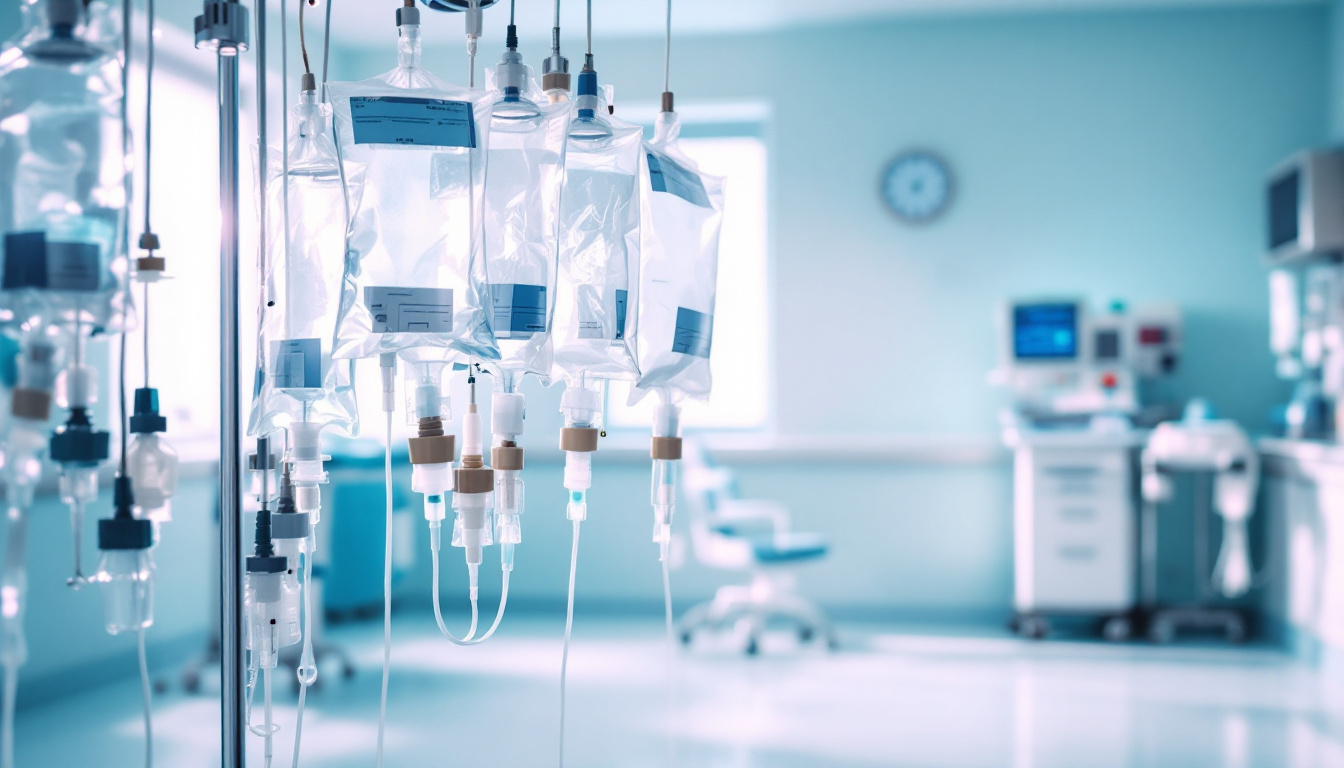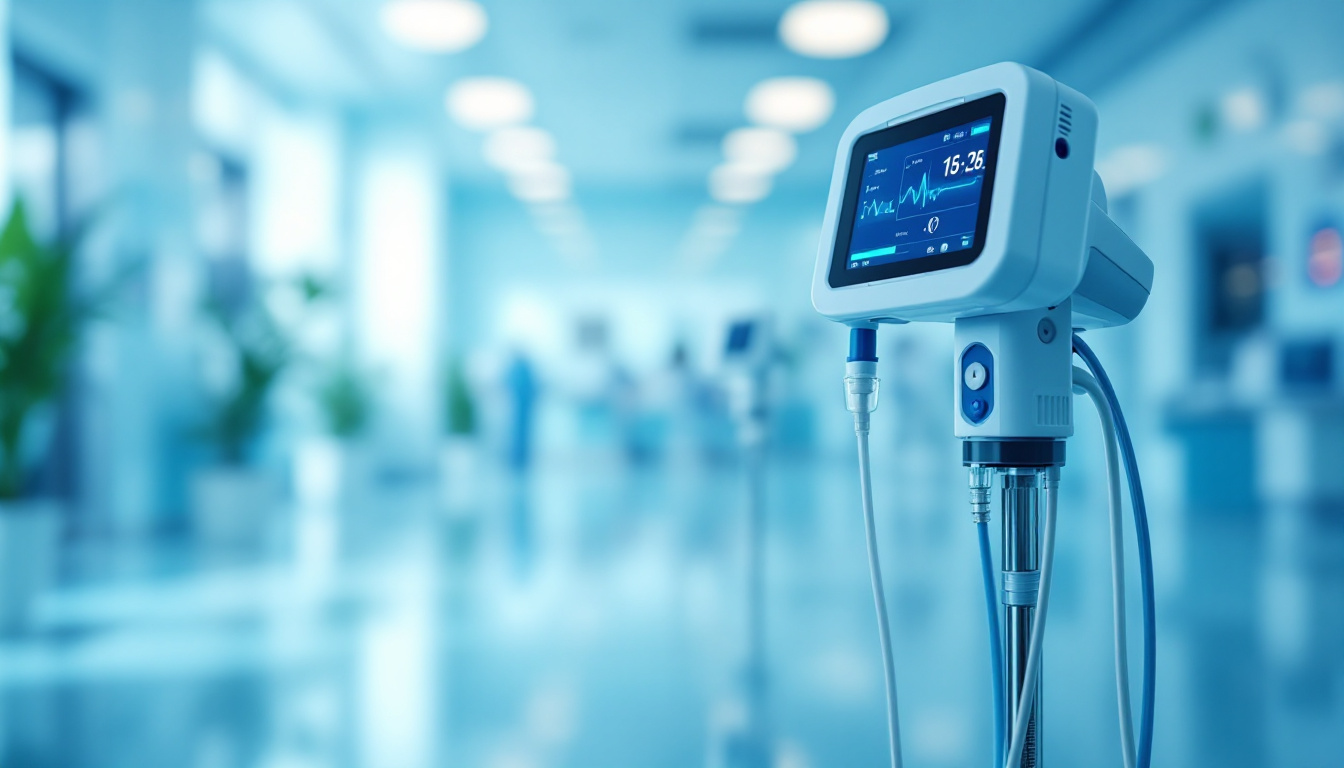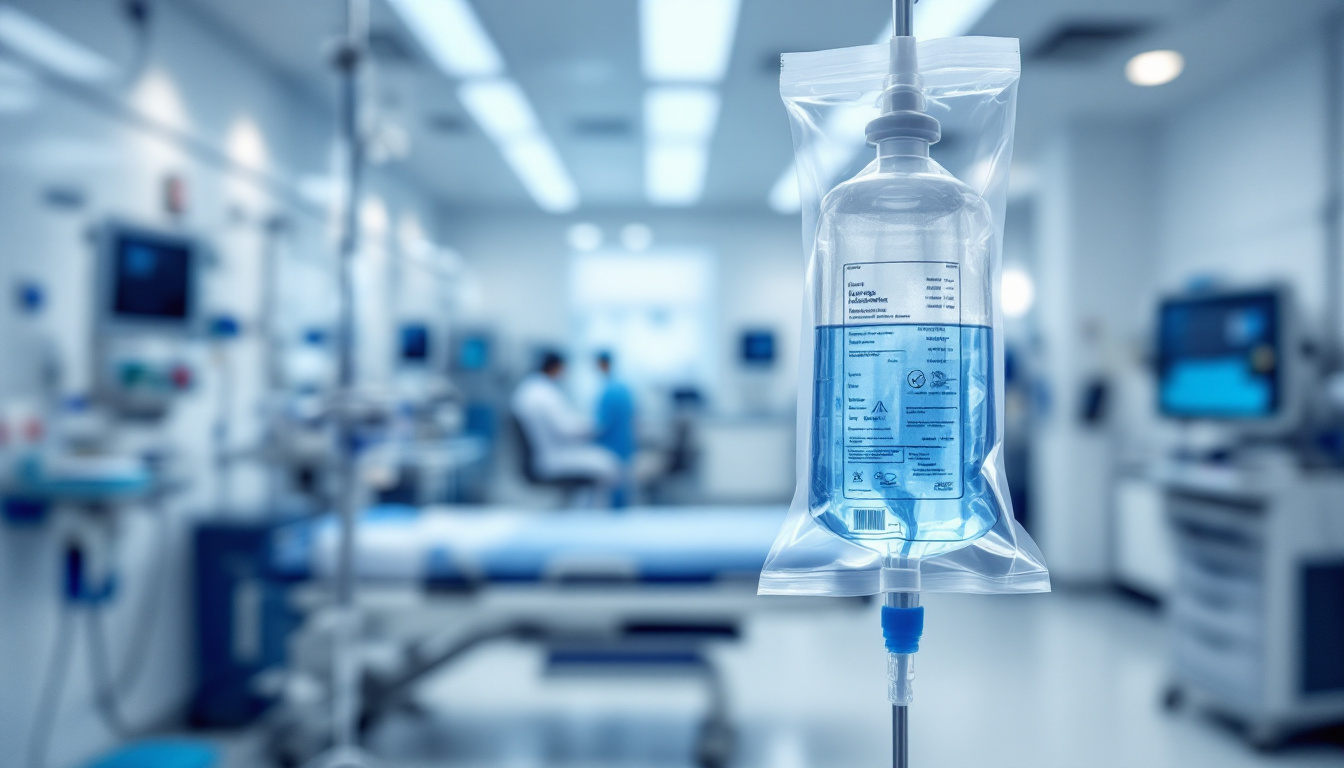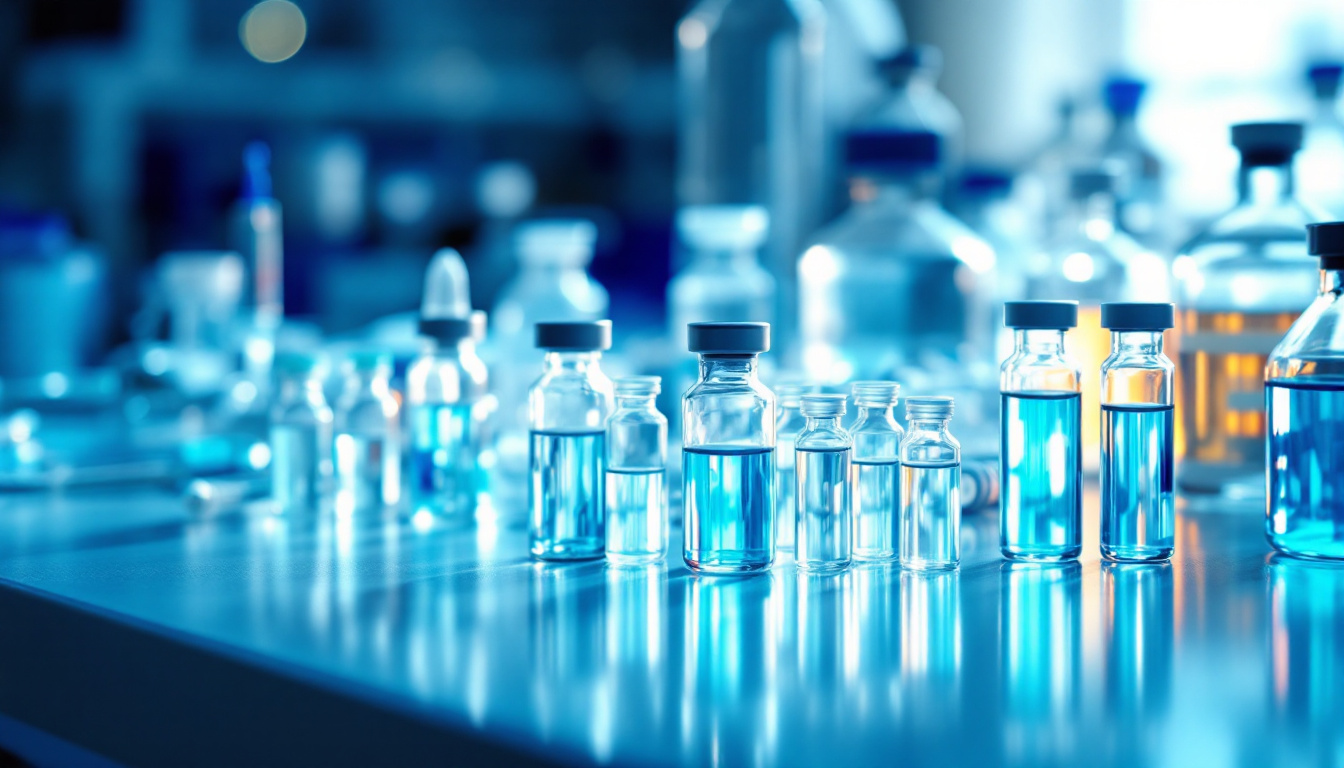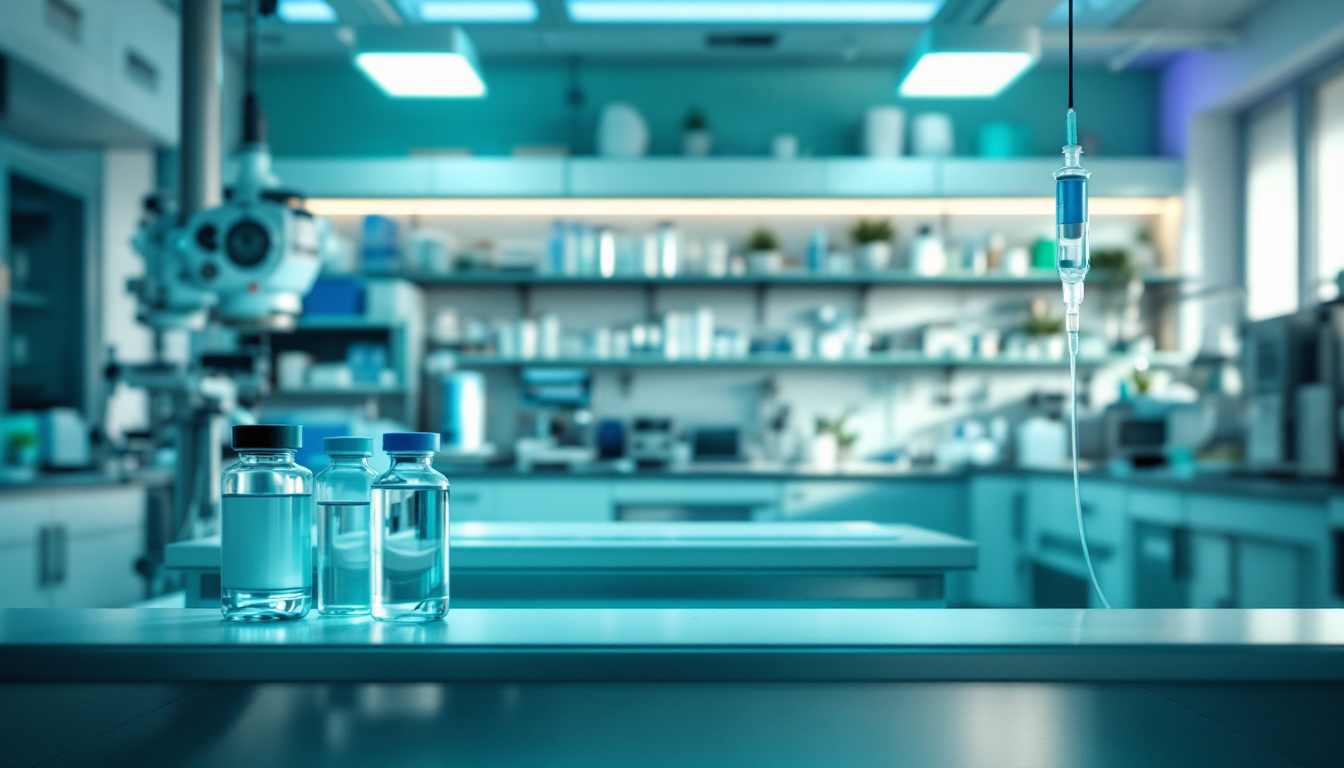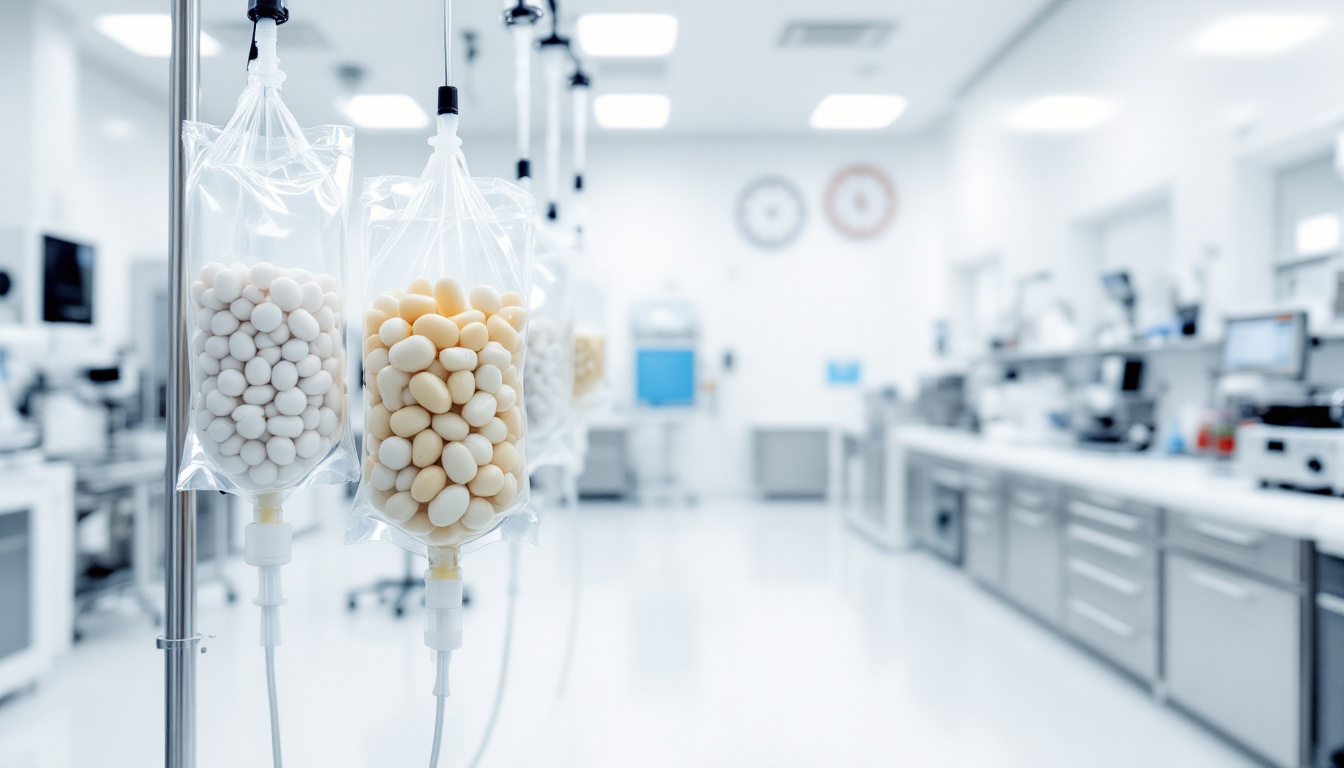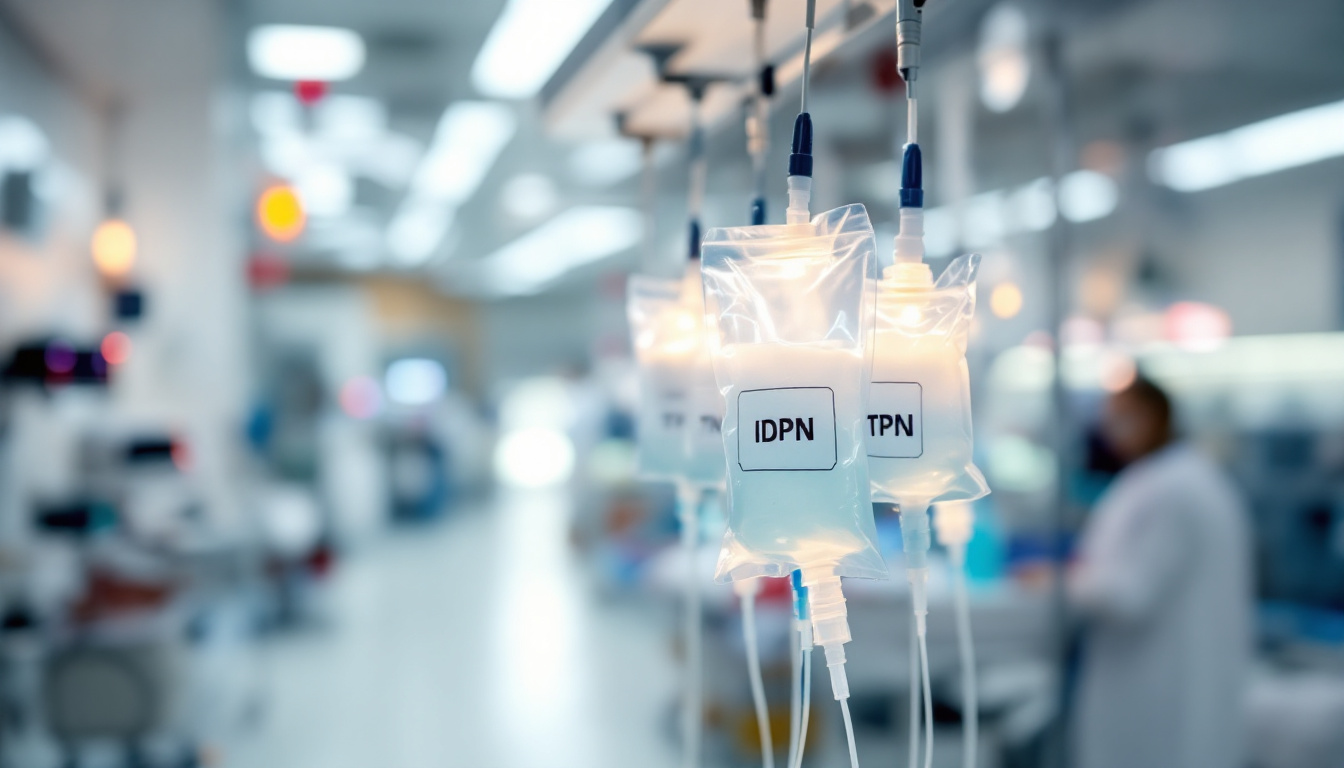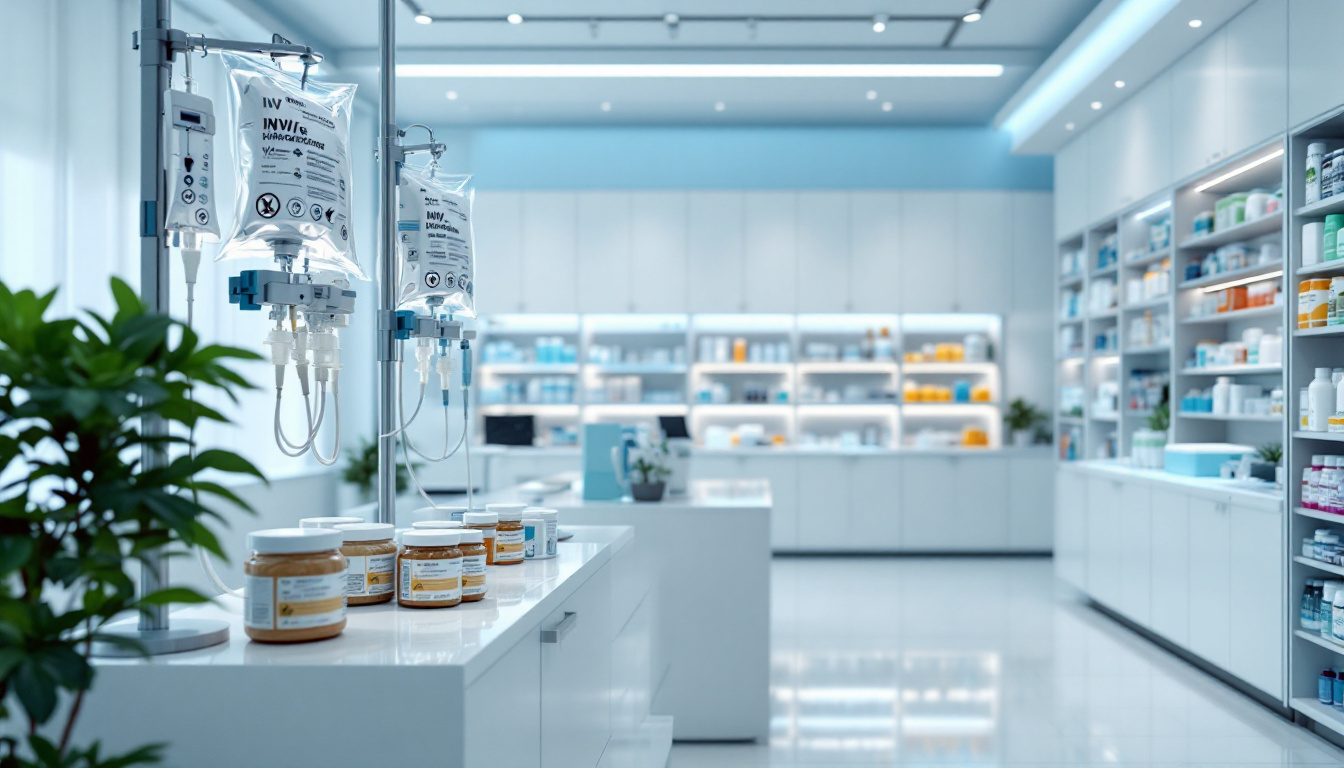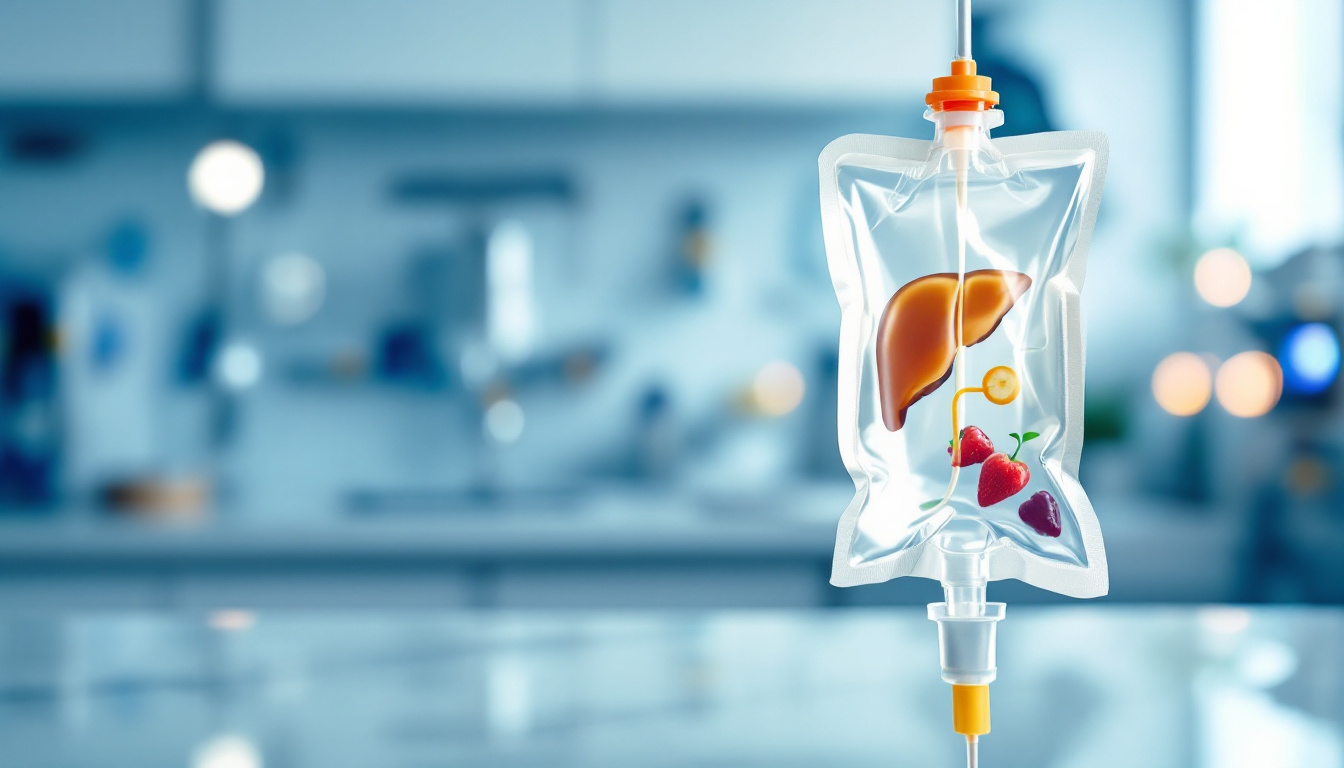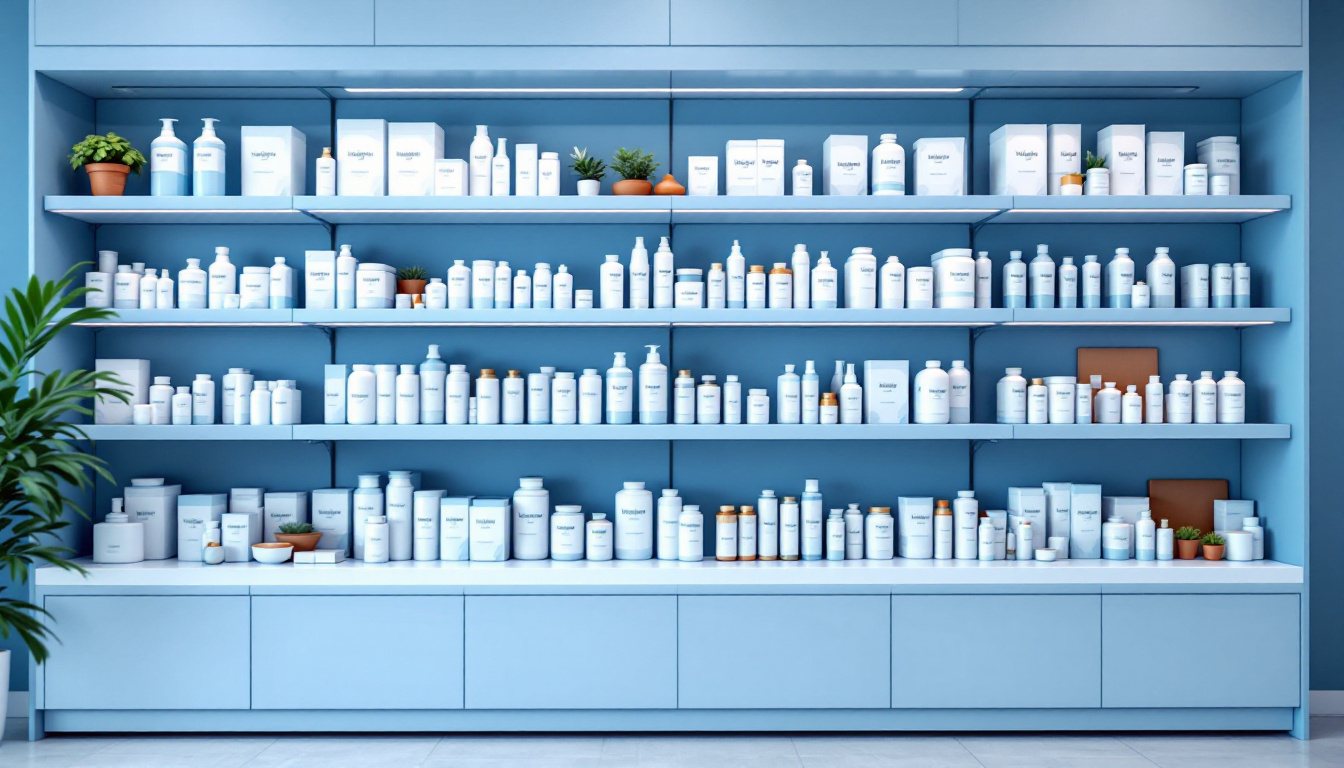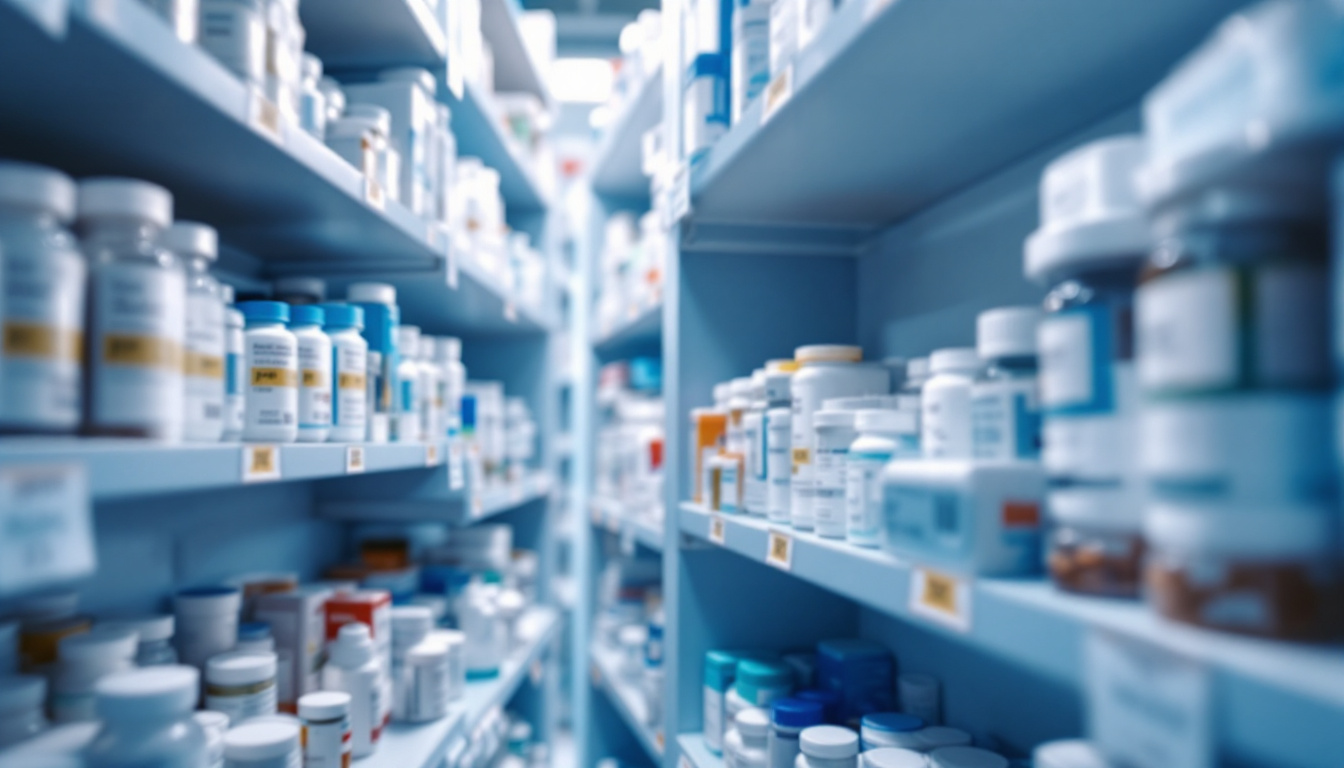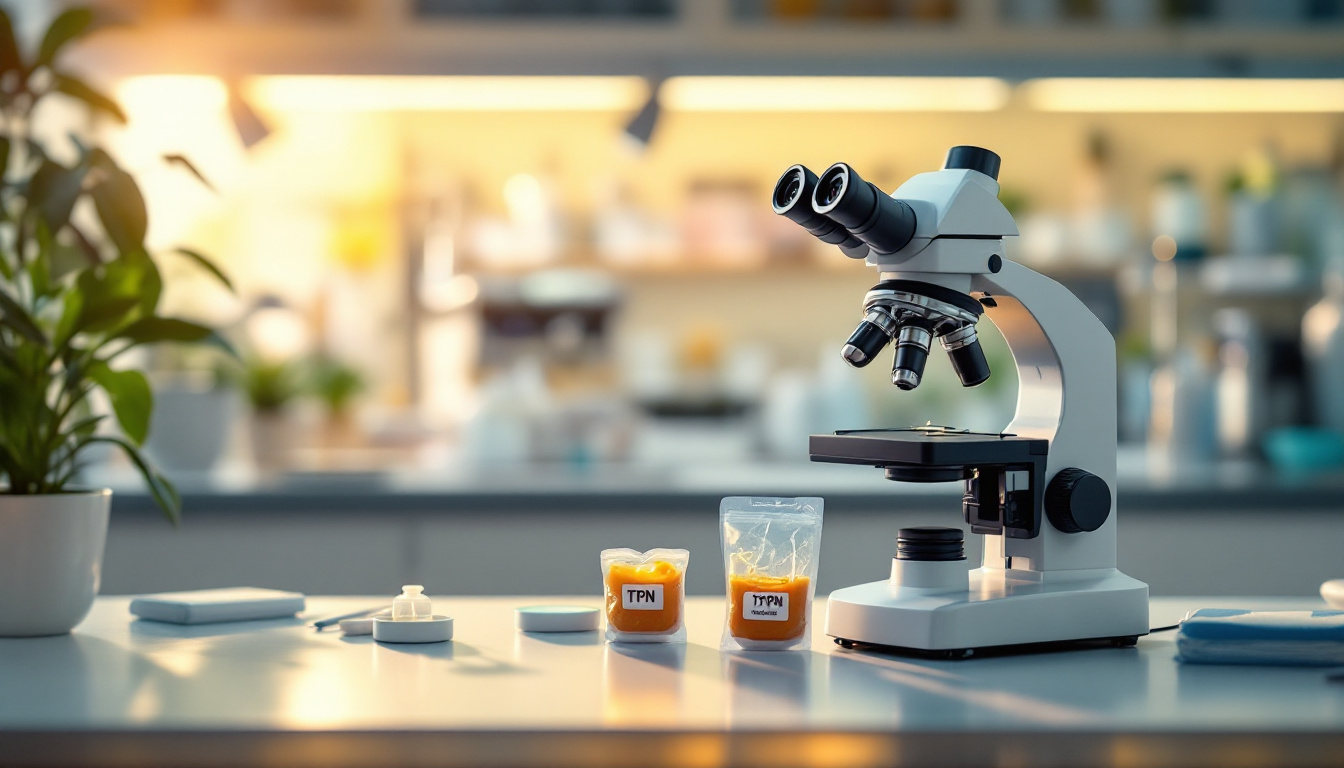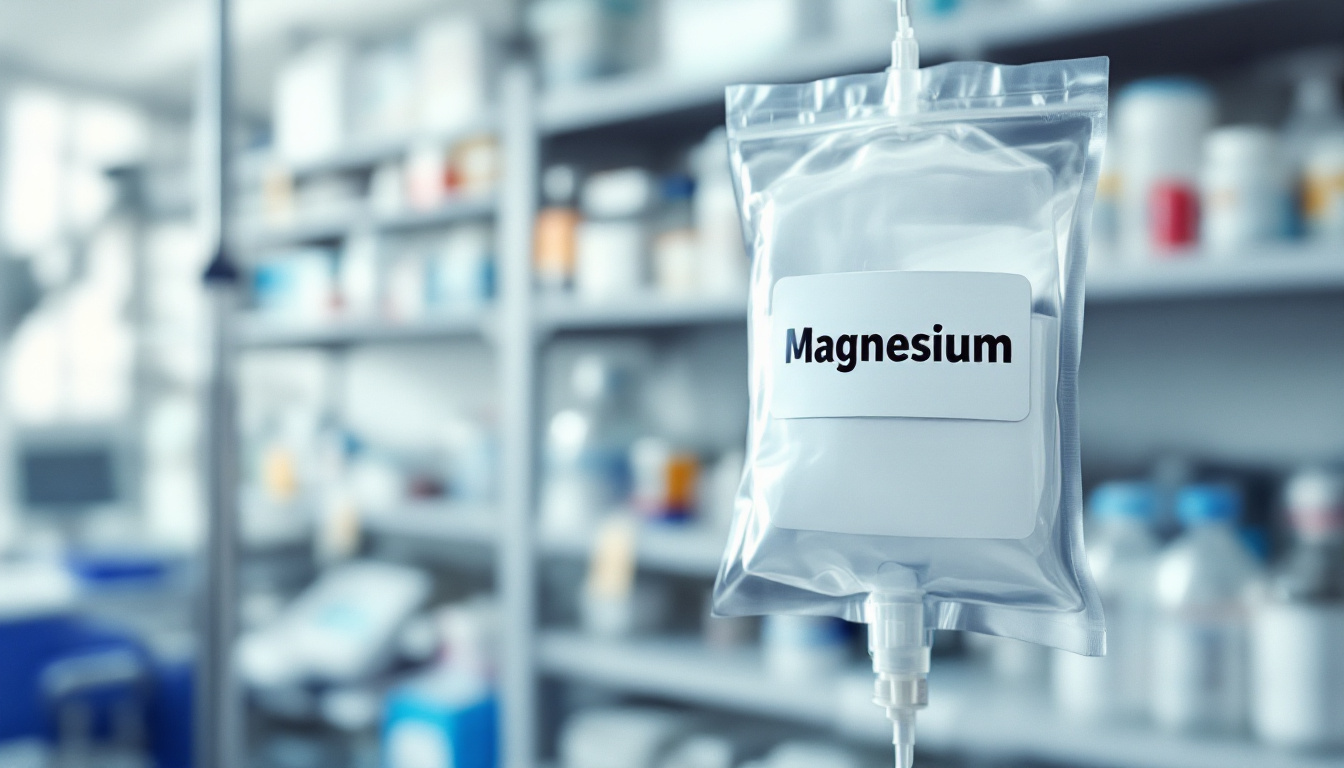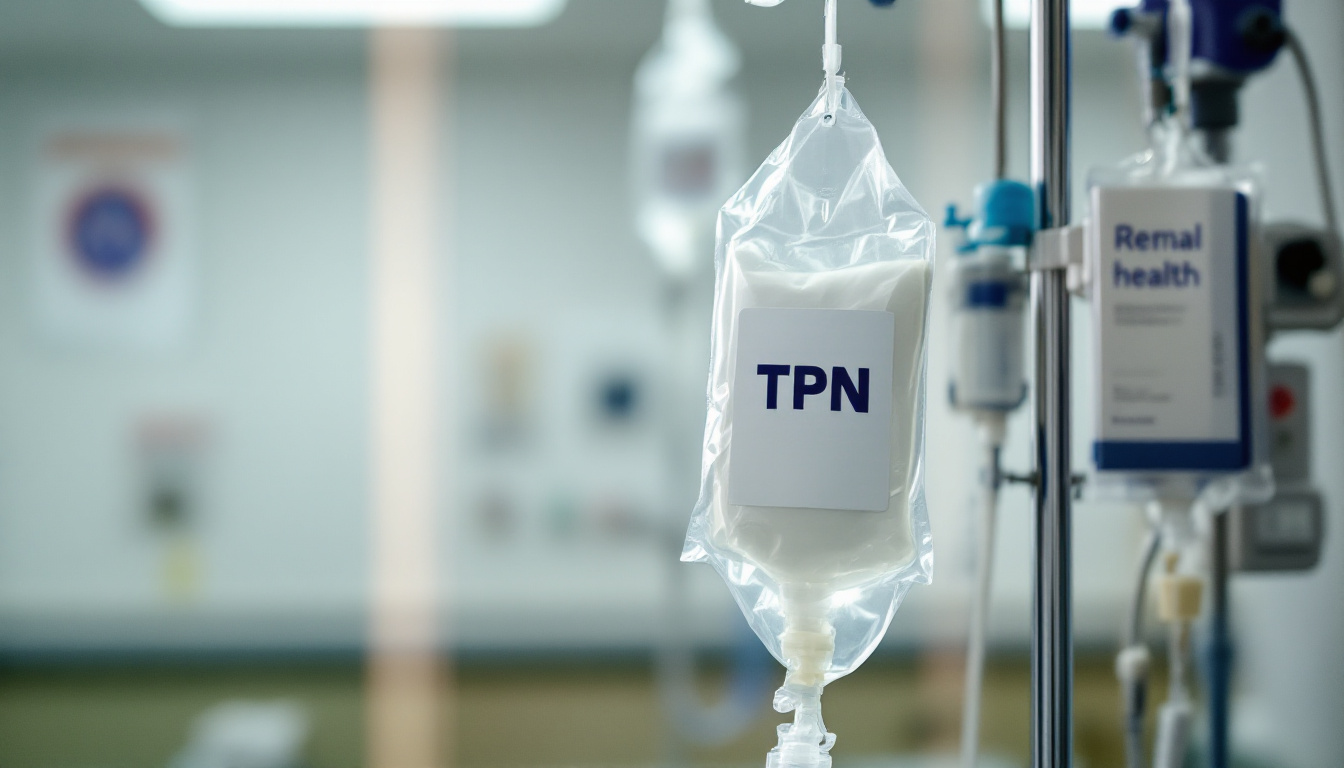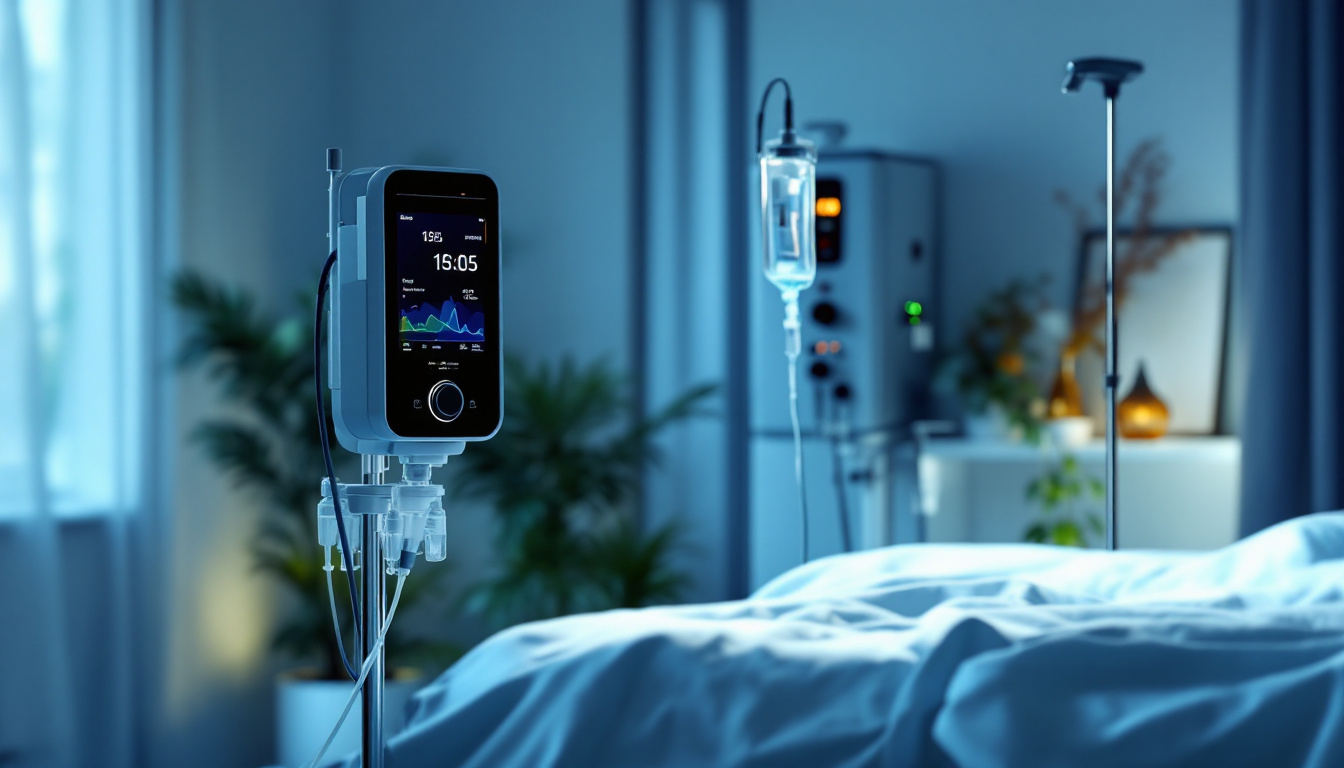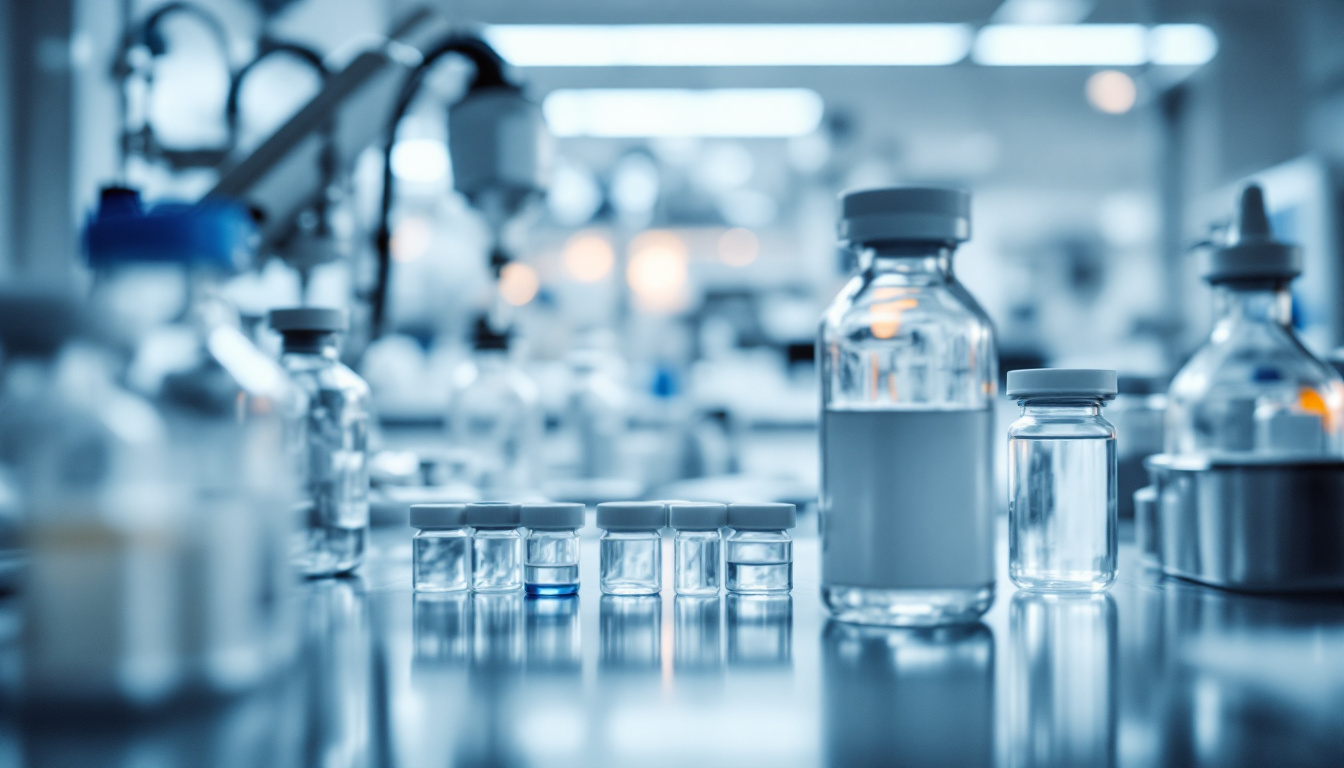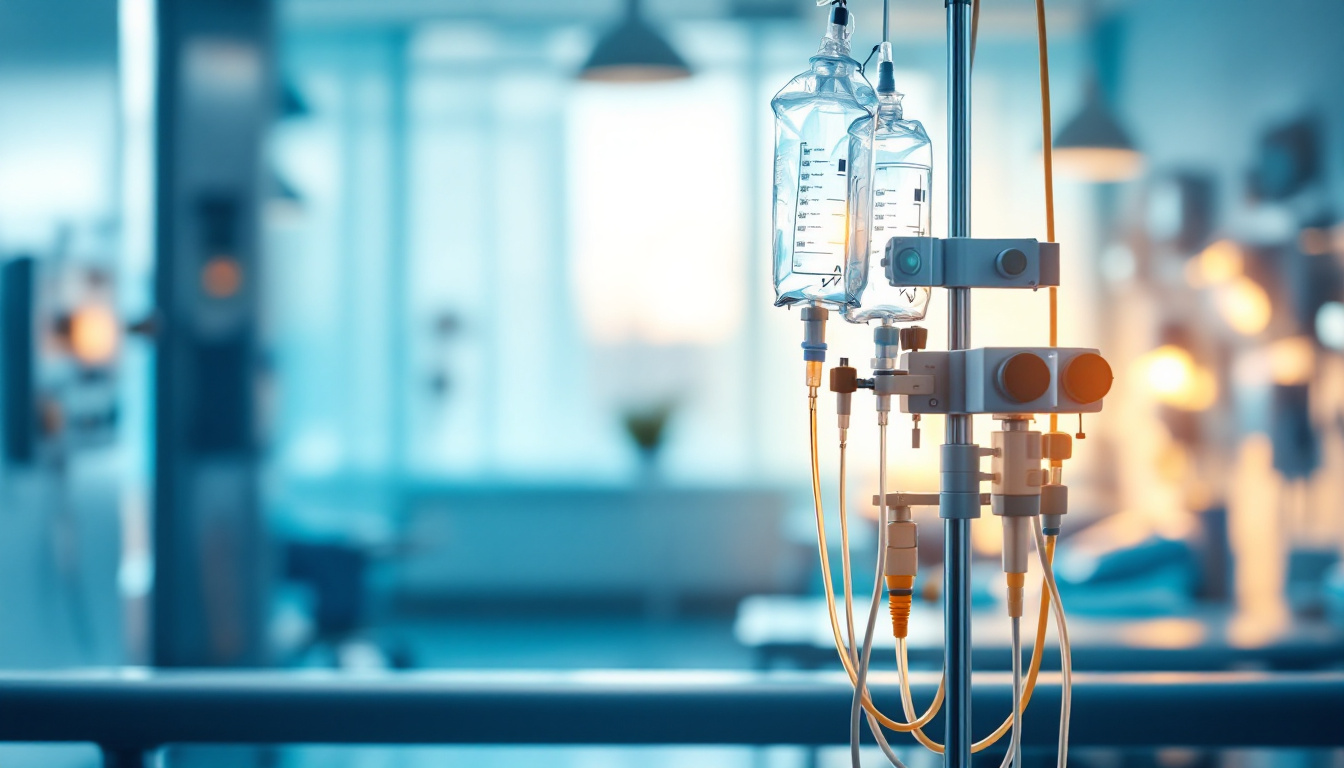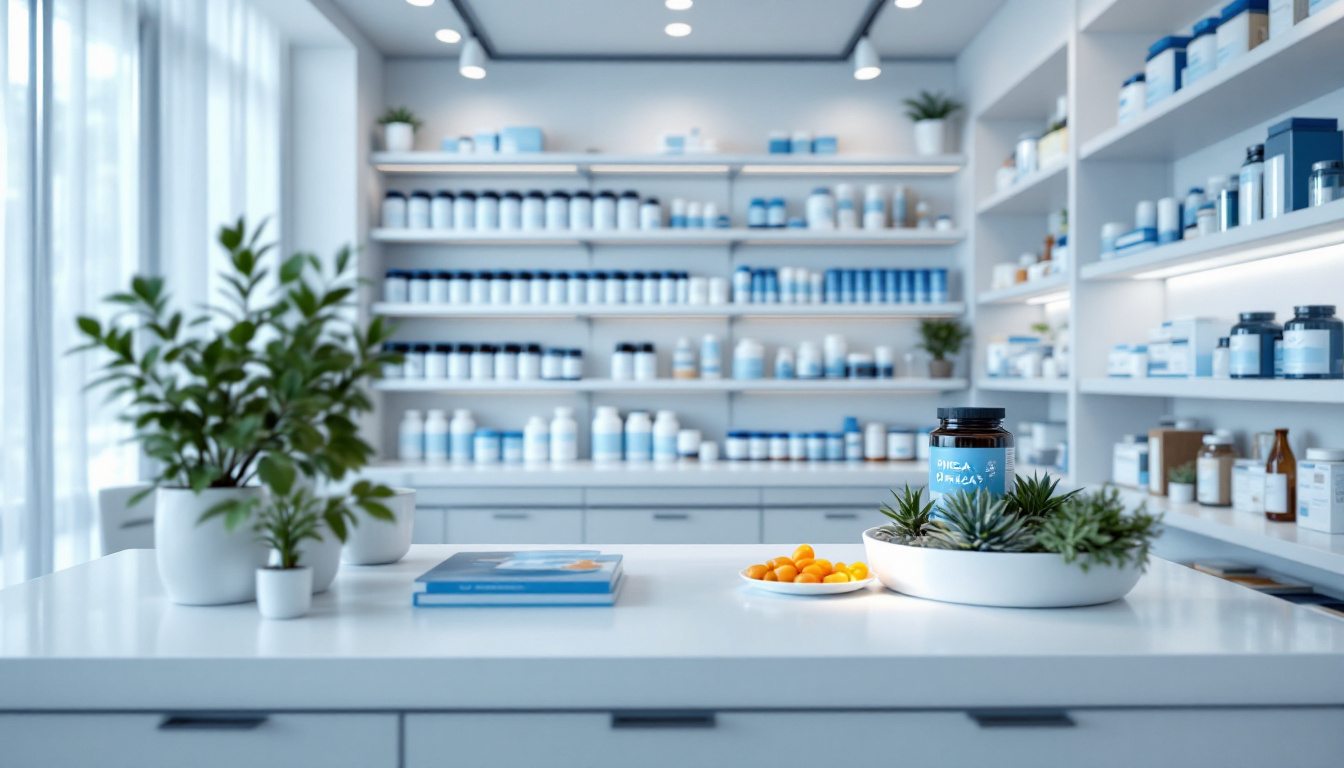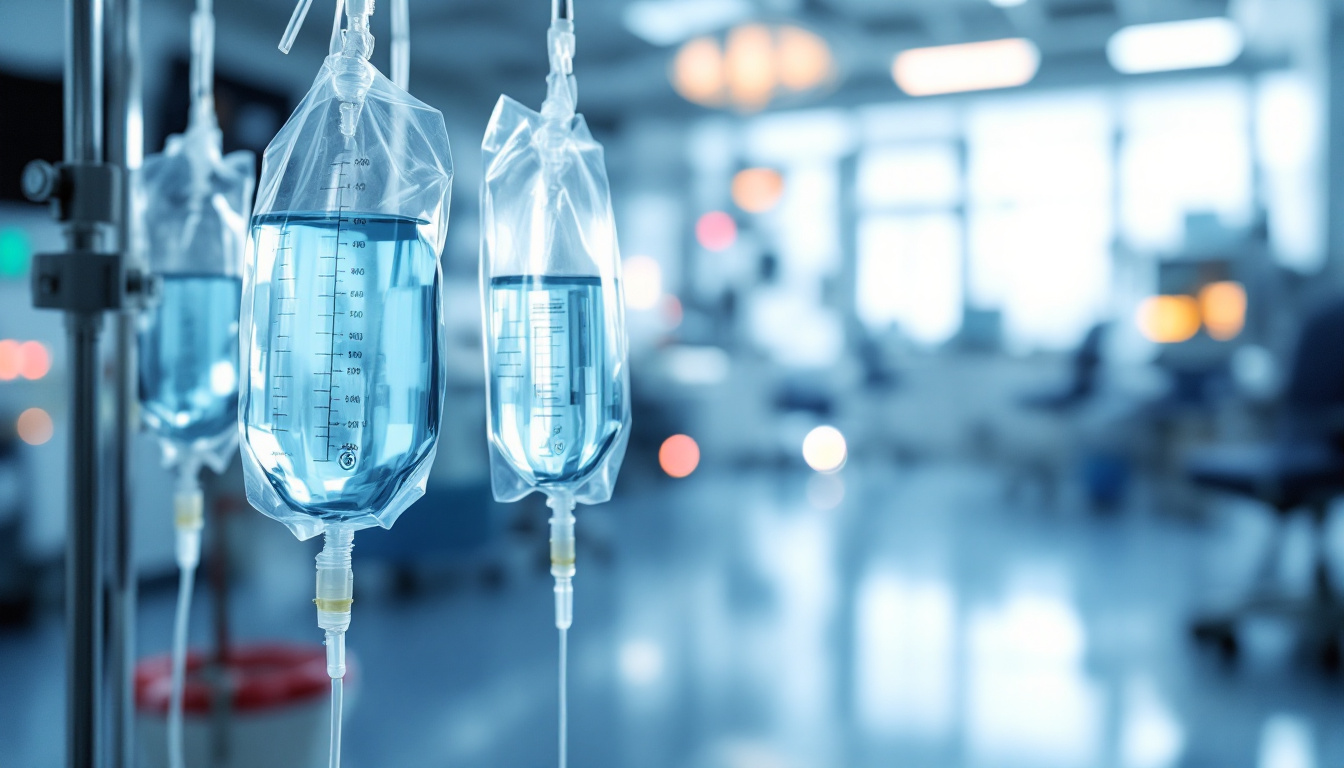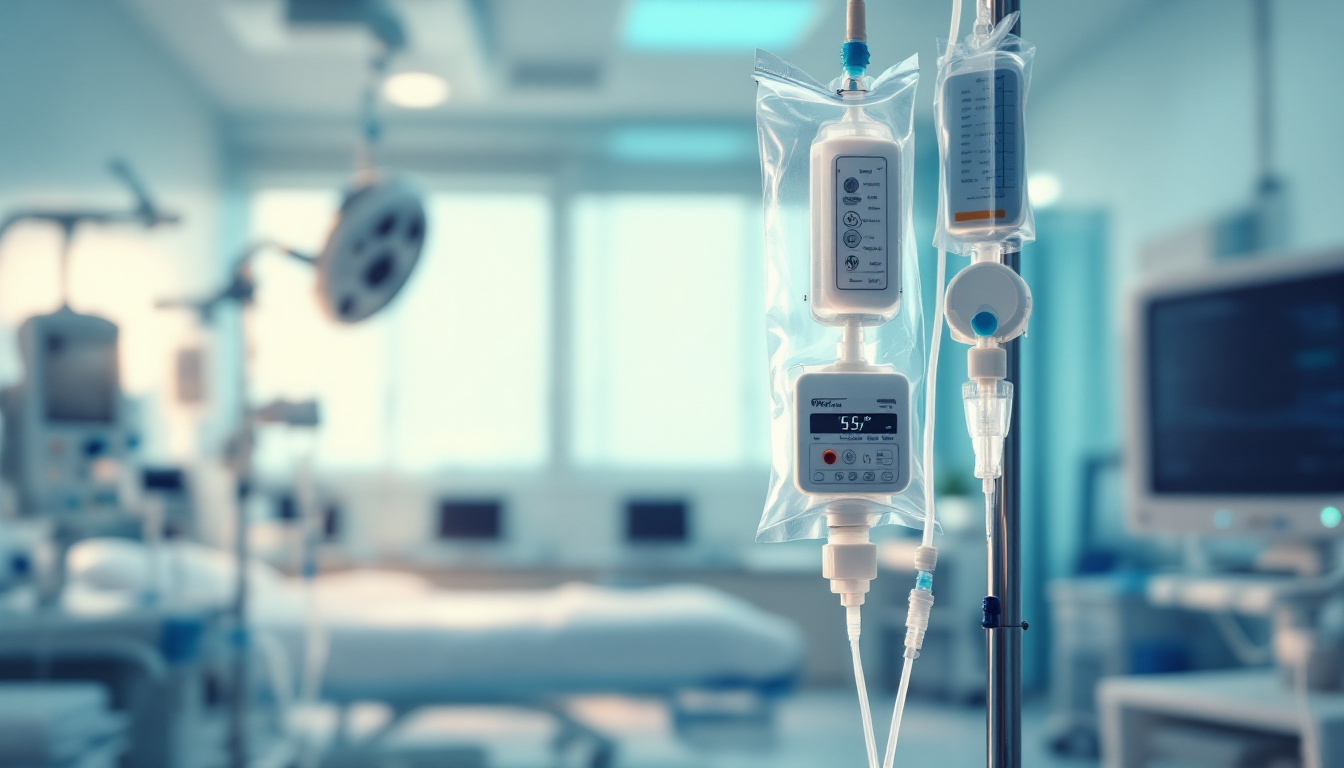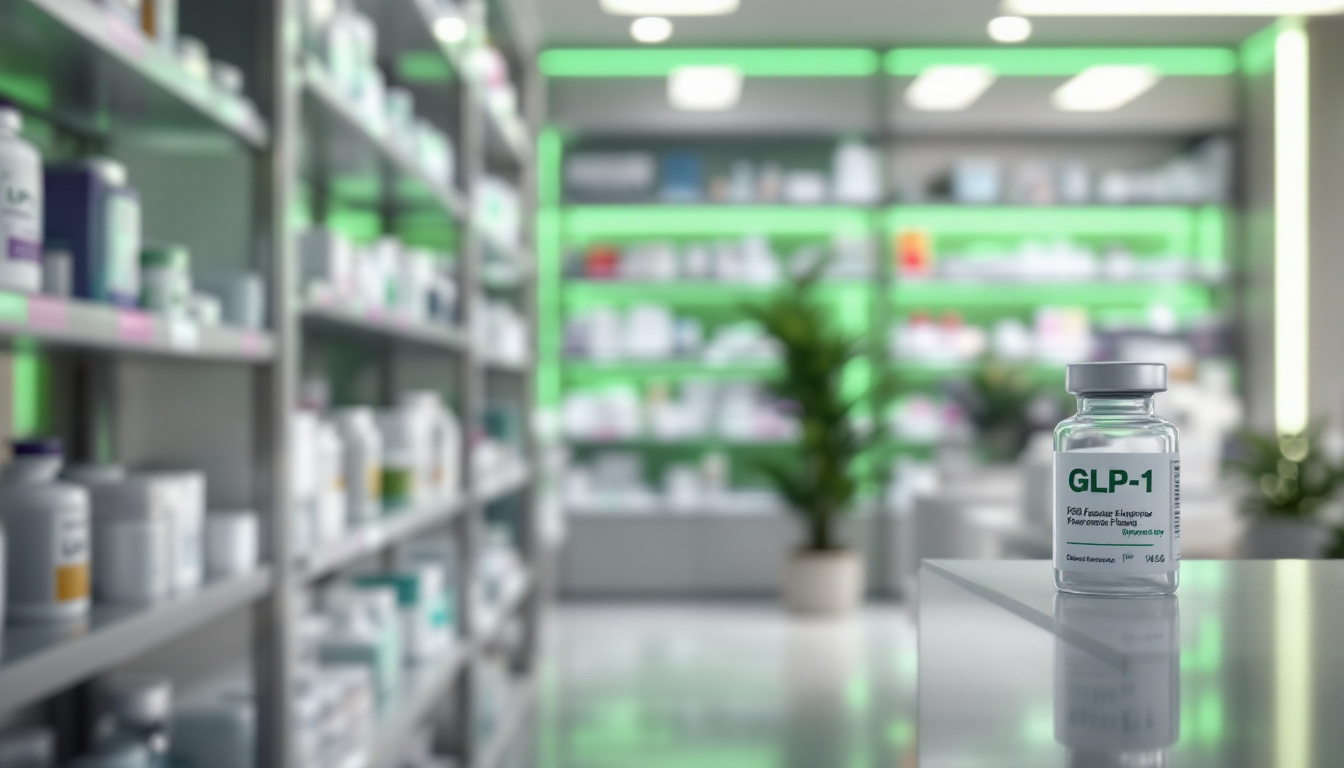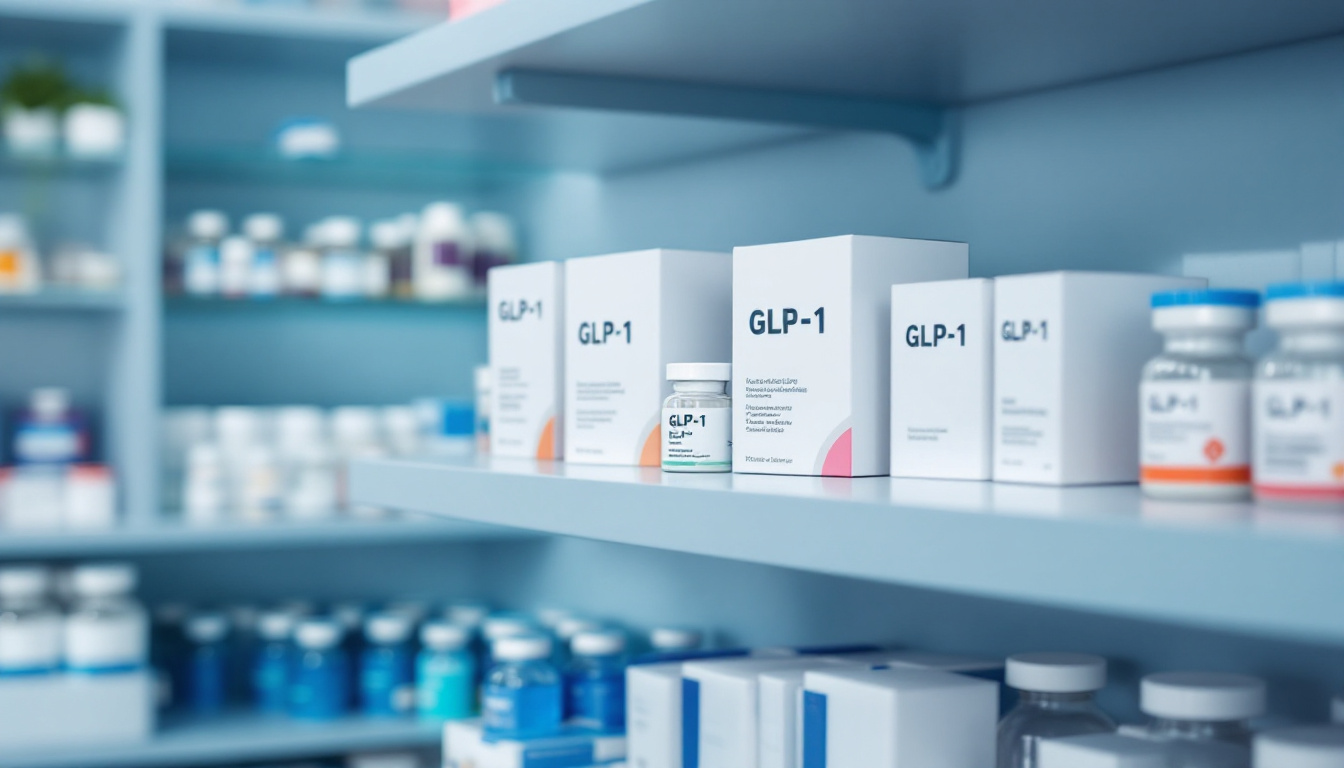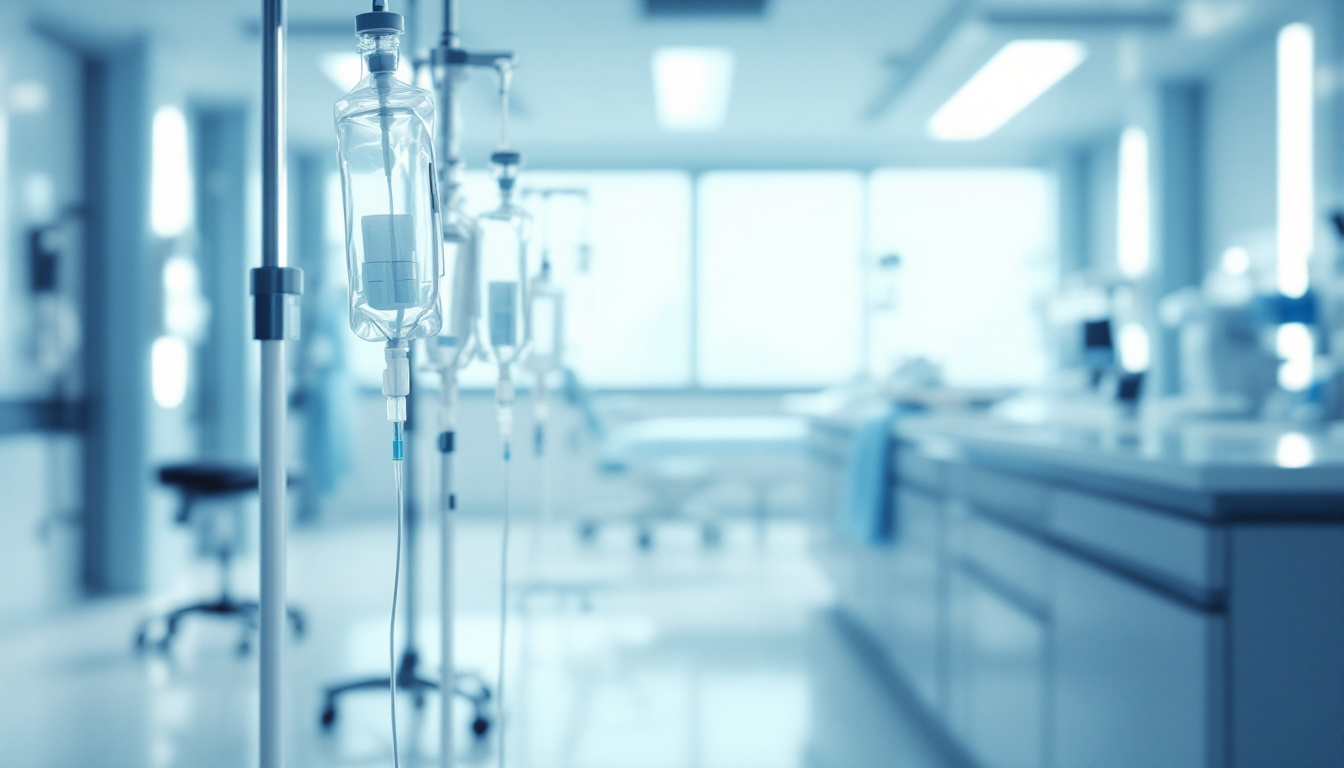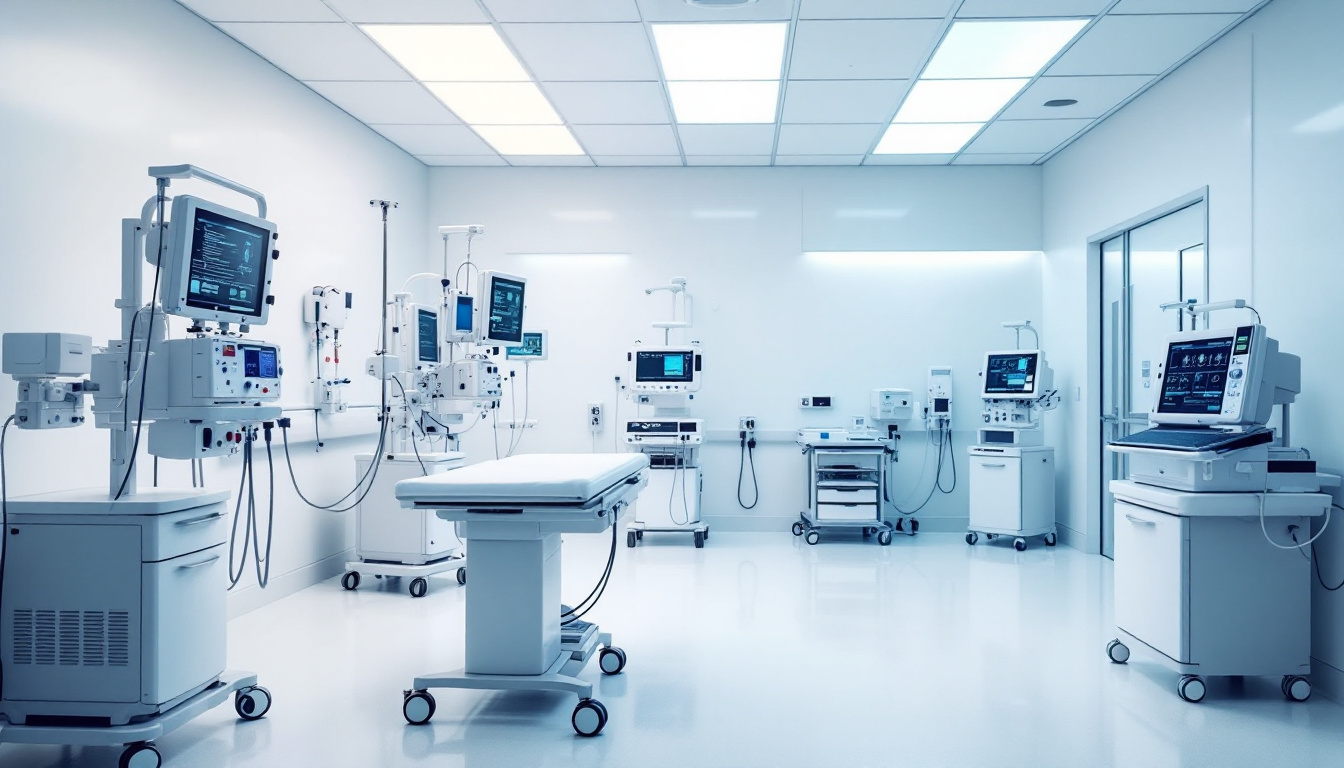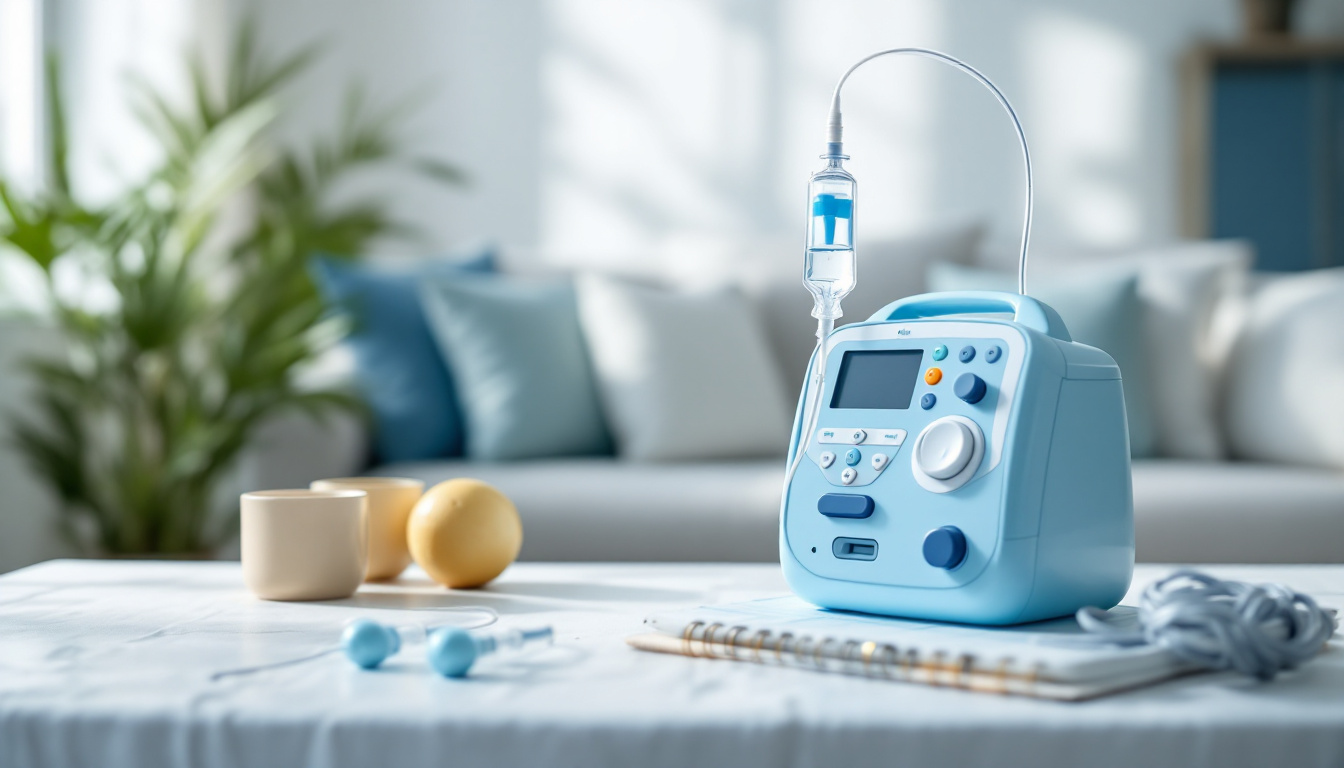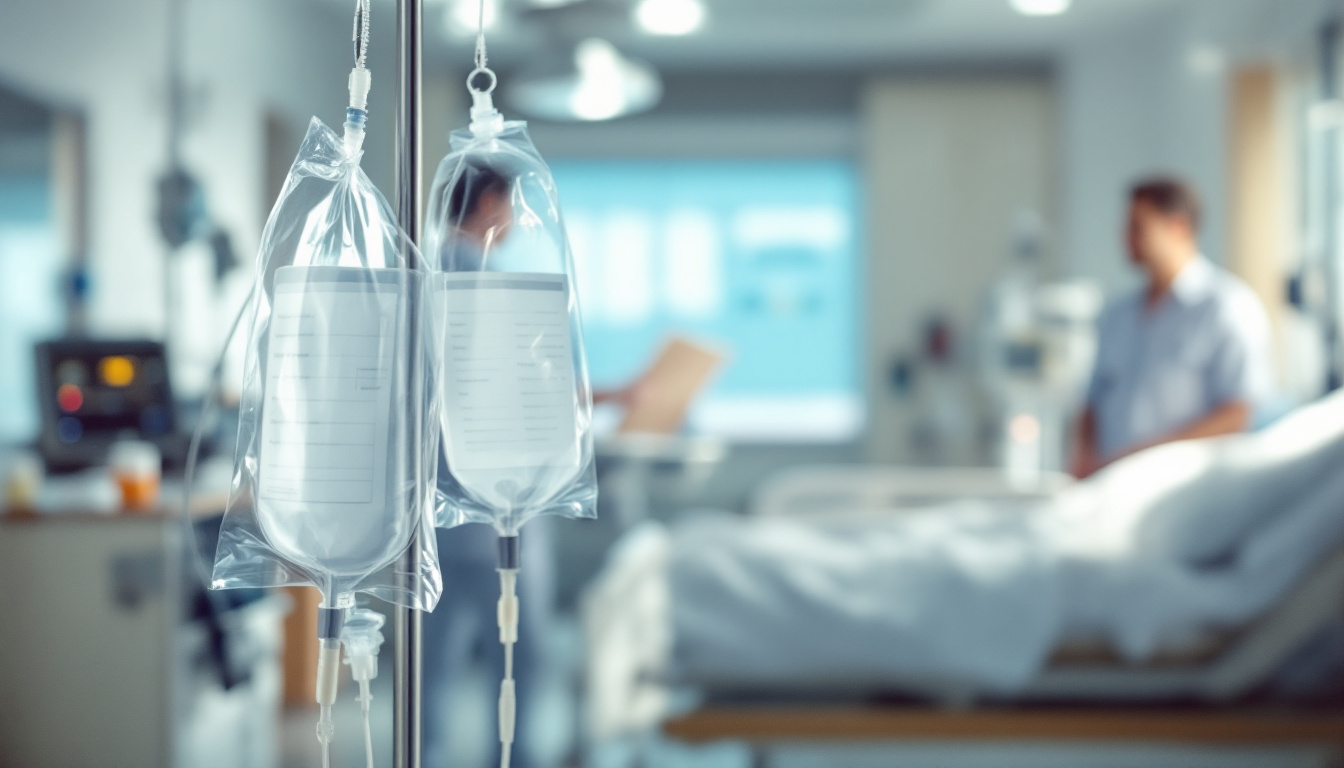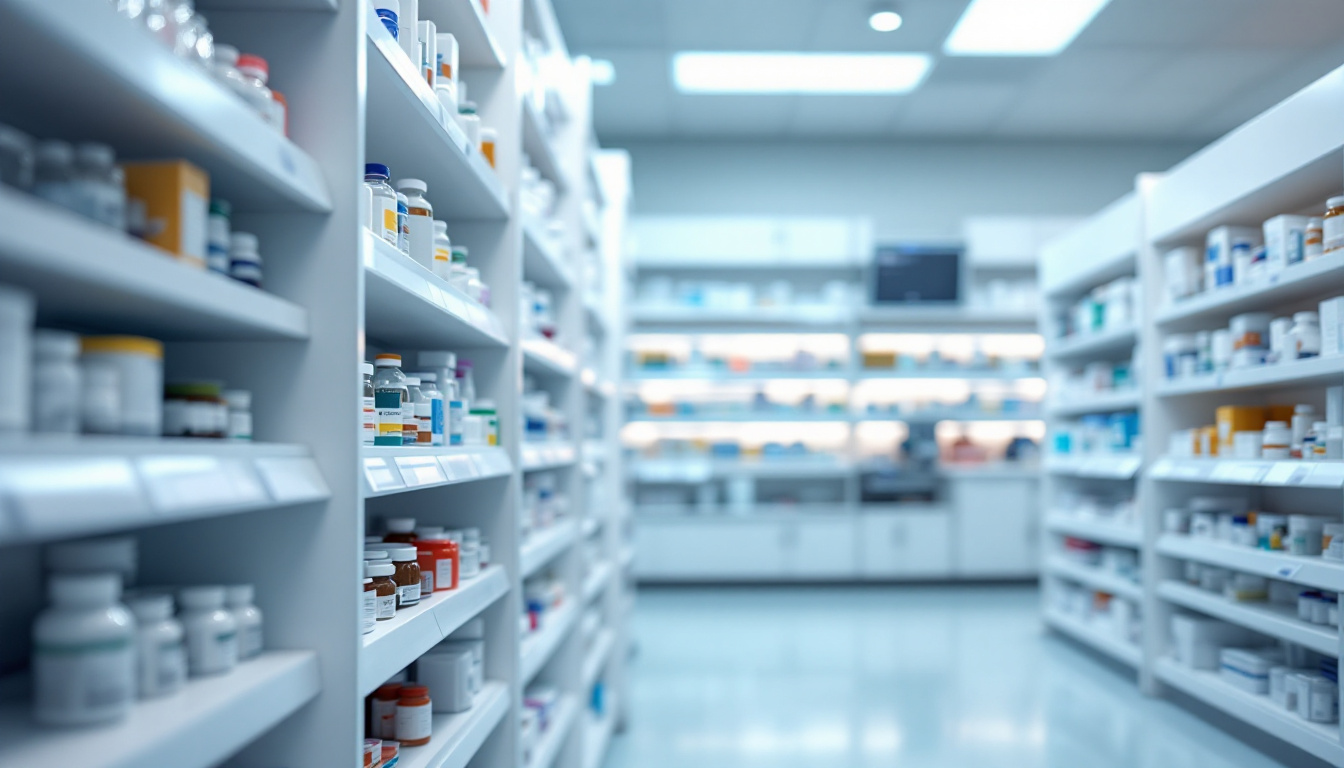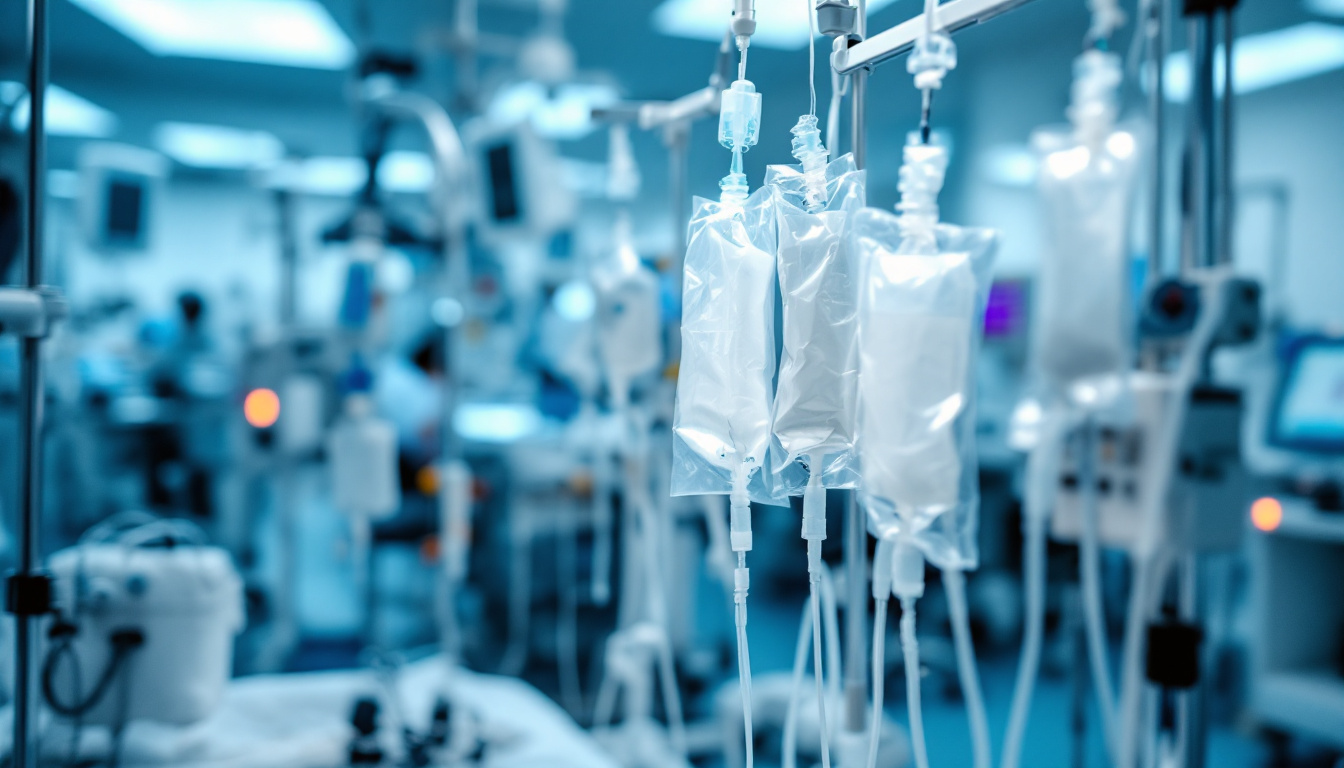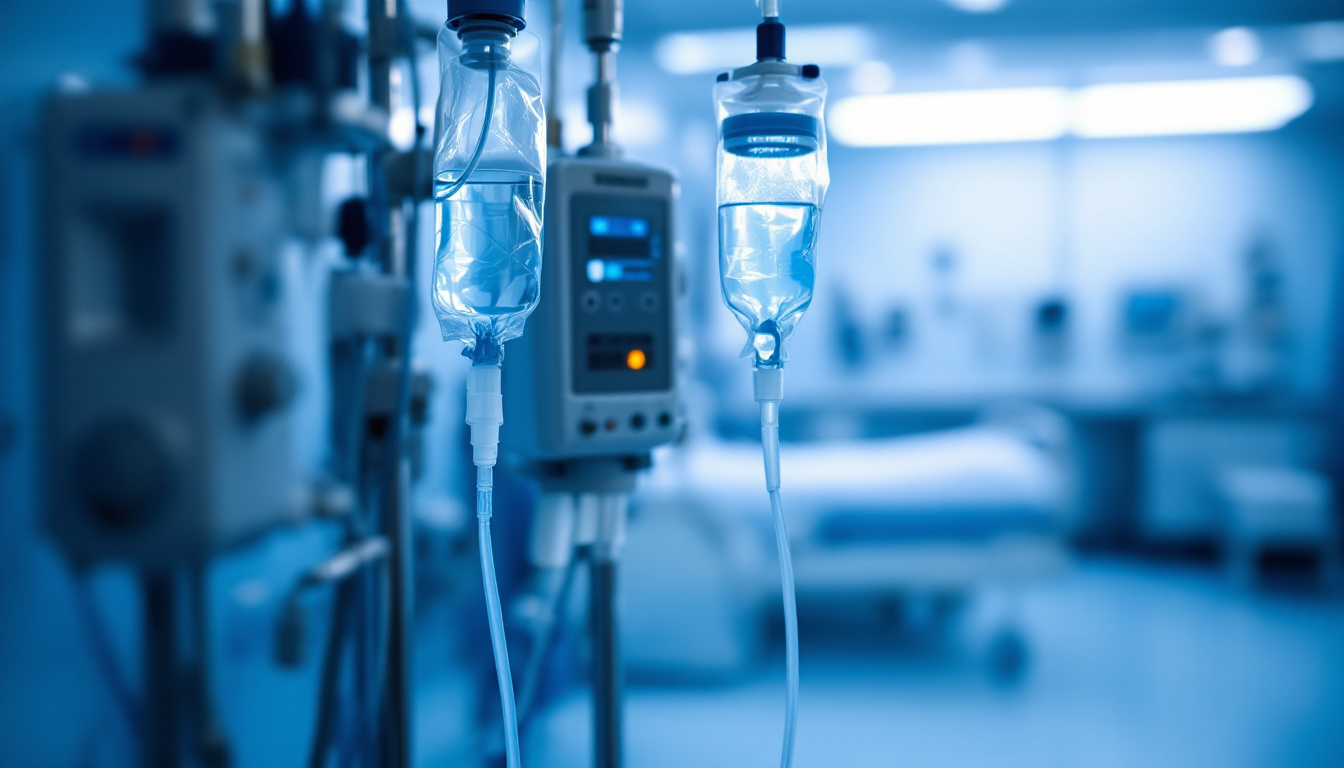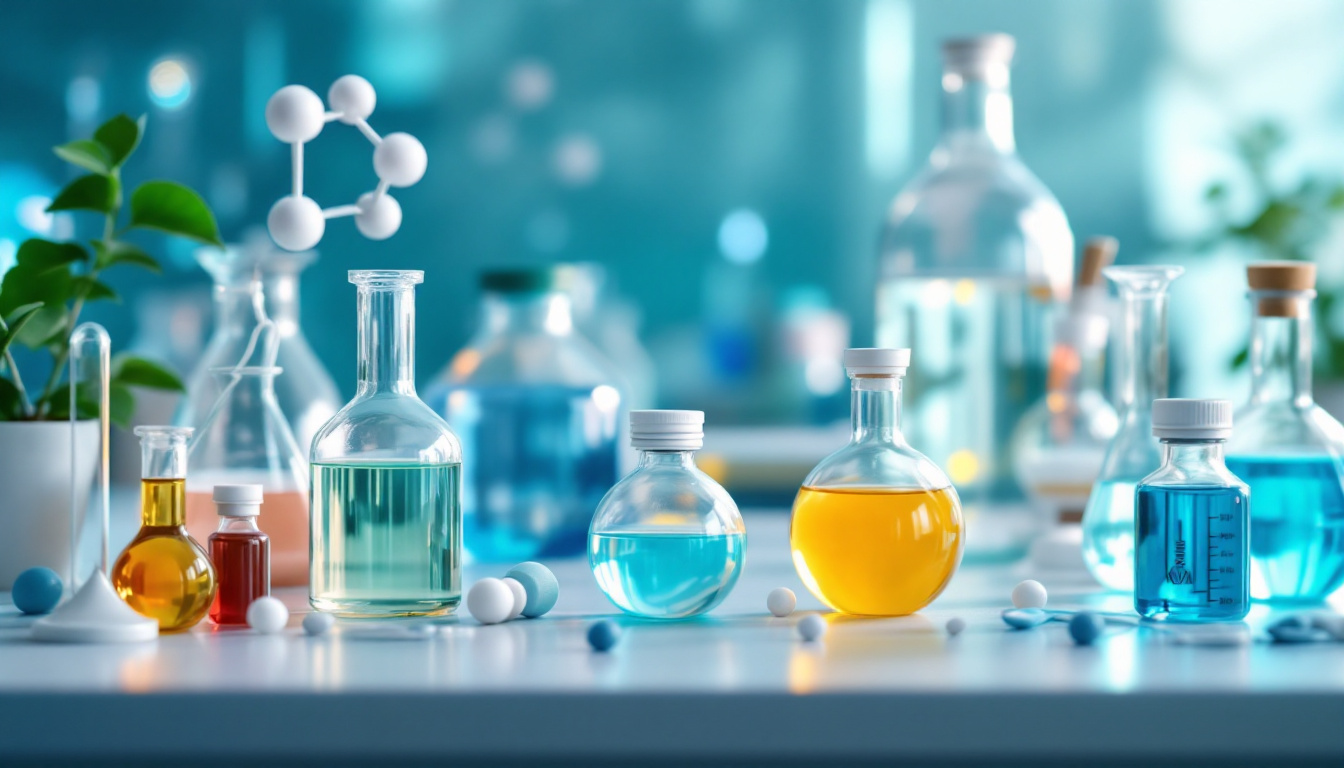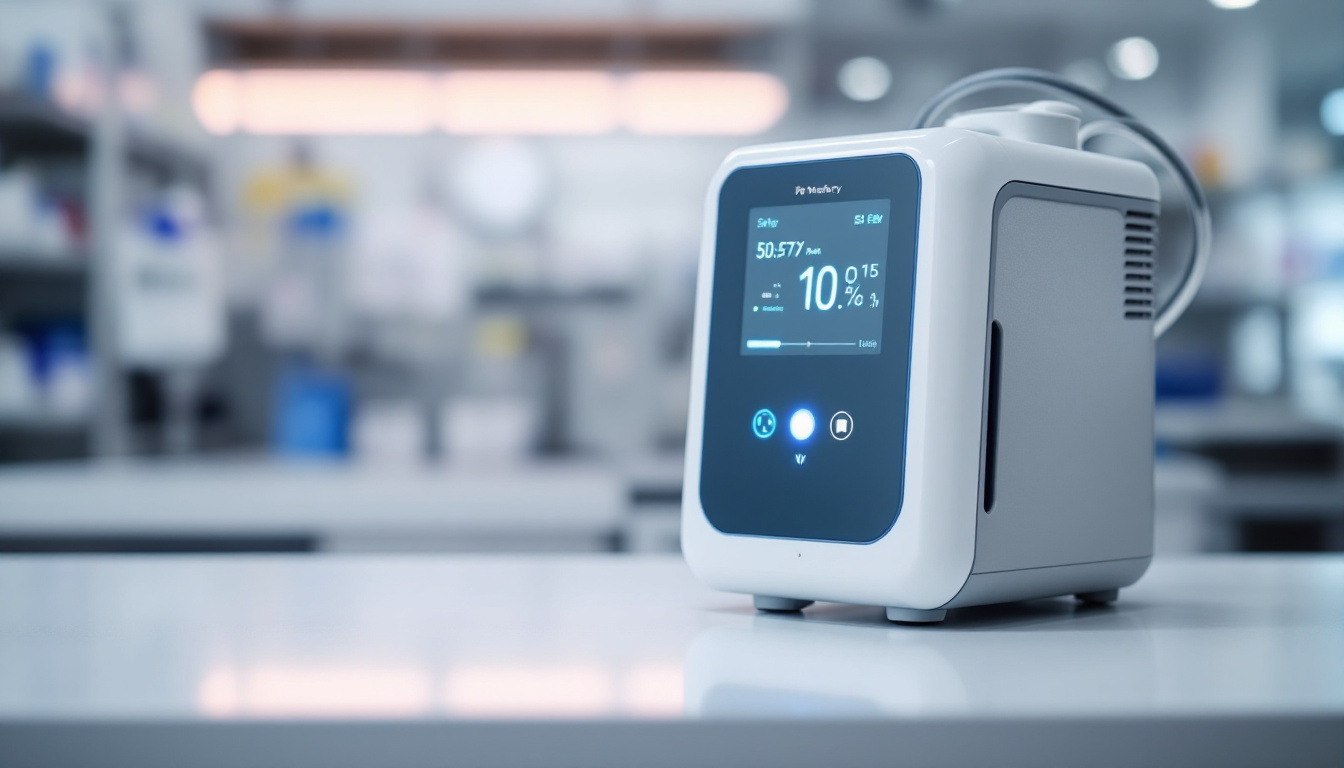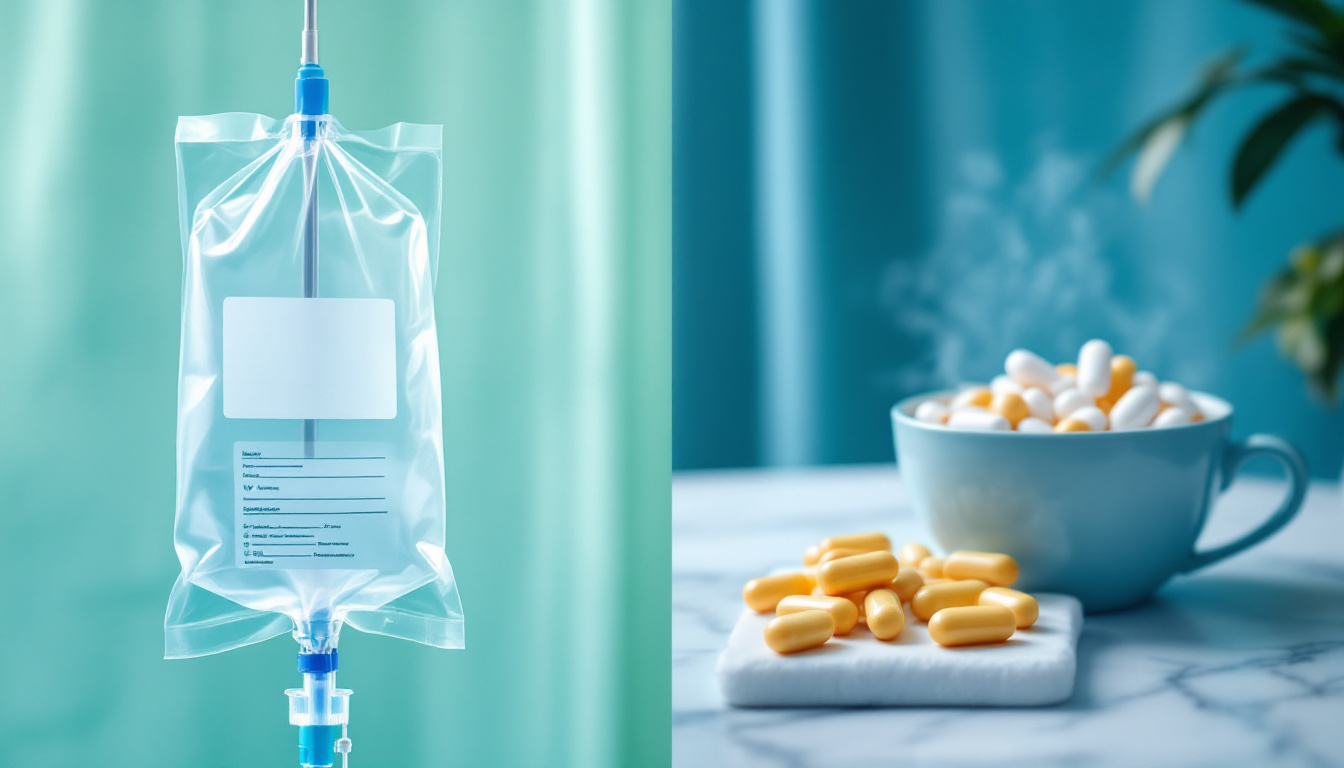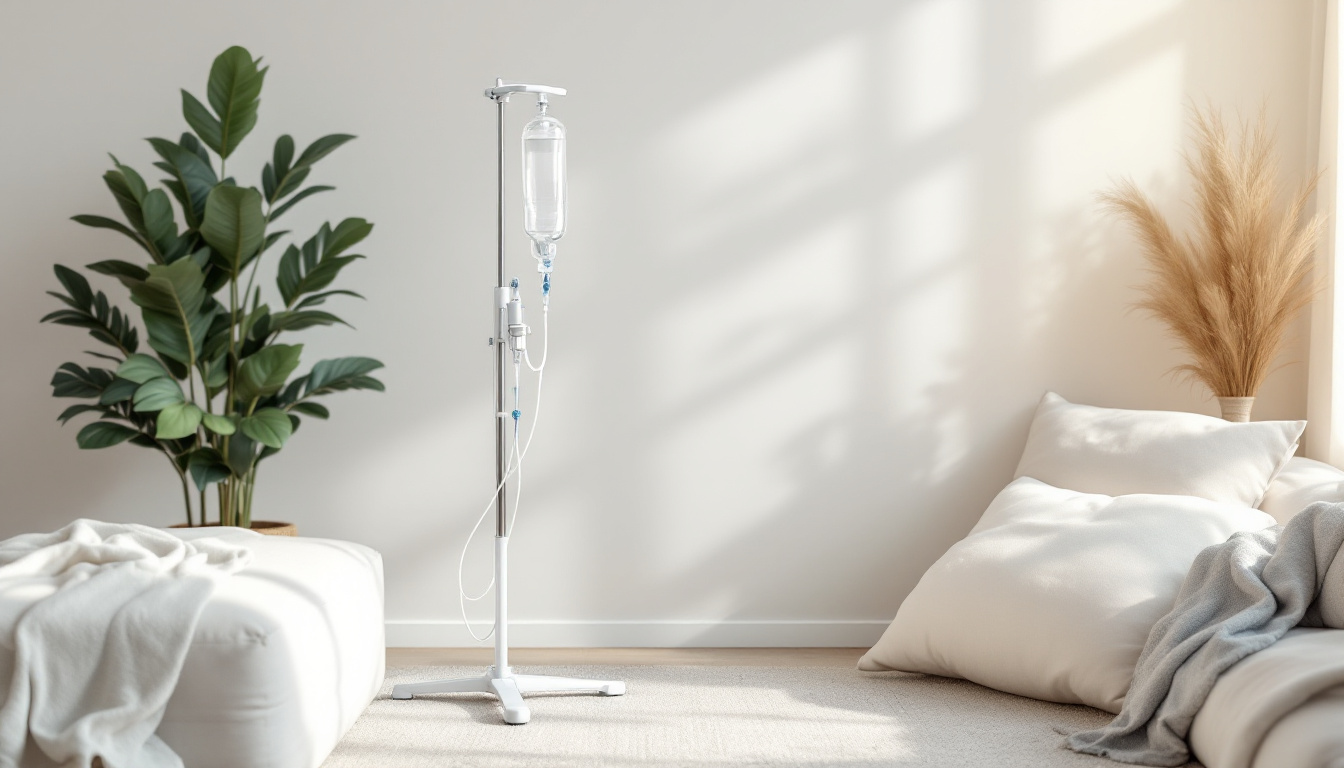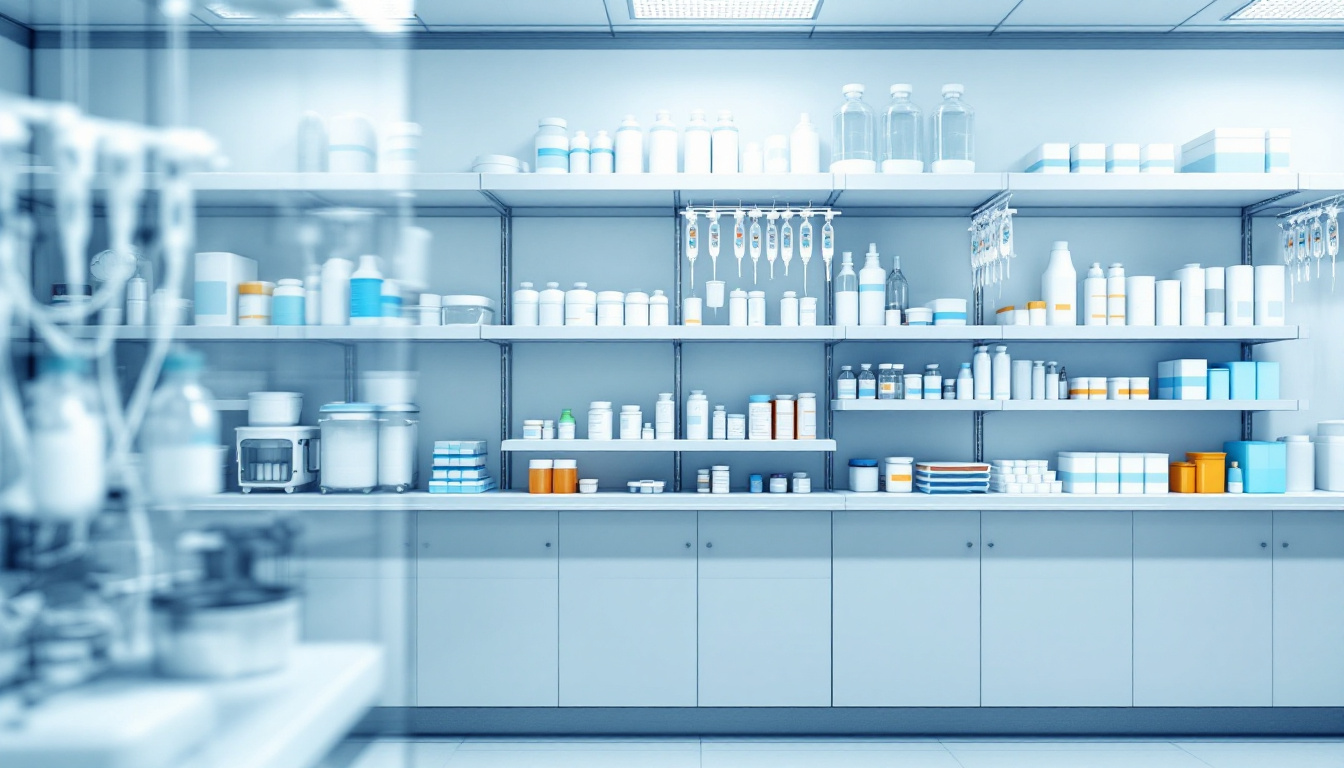How to Safely Store and Prepare TPN and IDPN Solutions
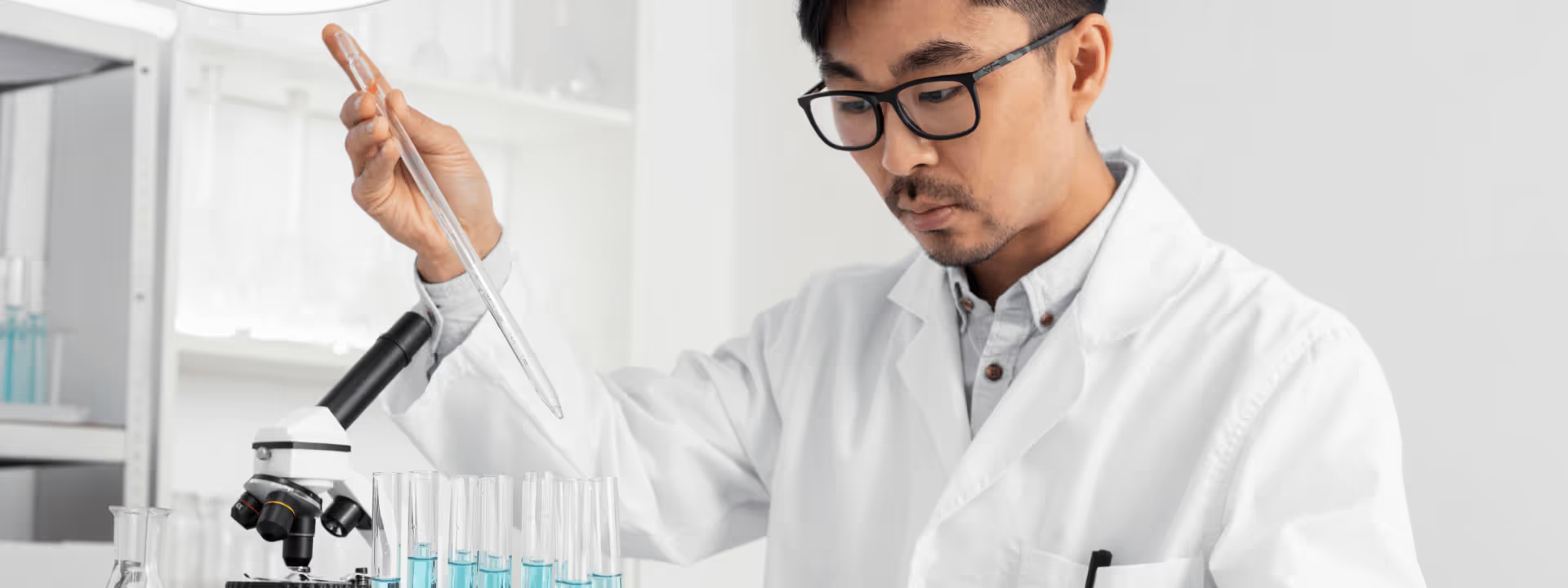
Overview of TPN and IDPN Solutions
Total Parenteral Nutrition (TPN) and Intradialytic Parenteral Nutrition (IDPN) are crucial therapies for patients who cannot receive adequate nutrition through oral intake. These solutions are administered intravenously and require careful handling and preparation to ensure patient safety and effectiveness. This article will provide a comprehensive guide on storing, preparing, and administering these nutritional solutions at home, emphasizing best practices to avoid complications like infections or metabolic imbalances.
Storing TPN and IDPN Solutions
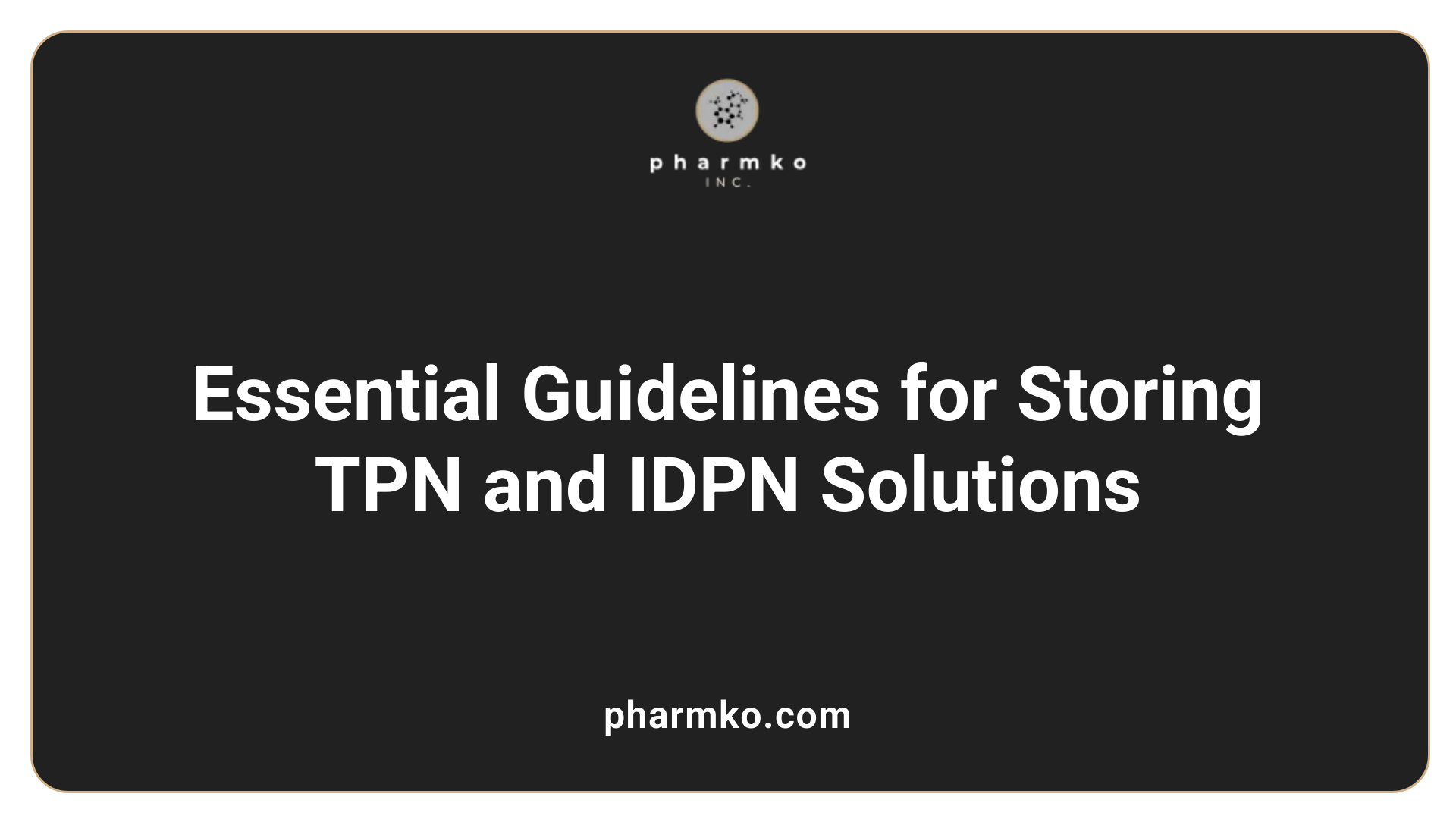
How should TPN be stored?
Total parenteral nutrition (TPN) should be stored in the refrigerator when not in use to maintain its stability and prevent spoilage. The ideal temperature for storage is between 36°F and 46°F (approximately 1.6°C to 7.7°C).
Before administration, allow the TPN bag to reach room temperature by placing it on a clean, dry surface for 2 to 3 hours. Avoid using microwaves to warm the solution, as it can lead to uneven heating or damage; instead, using gentle methods is advised.
Inspecting TPN prior to use
Prior to using a TPN bag, careful inspection is crucial. Check for:
- Leaks: Any visible damage that indicates potential contamination or unreliability of the bag.
- Cloudiness or Particles: The solution should be clear; if you see cloudiness, floating particles, or an oil sheen, do not use the bag.
- Expiration Date: Ensure the TPN bag is within its usable date. If it’s past expiration, discard it properly.
By following these guidelines, you can greatly enhance safety during TPN administration and help prevent complications.
Safe Preparation at Home: Gathering and Checking Supplies
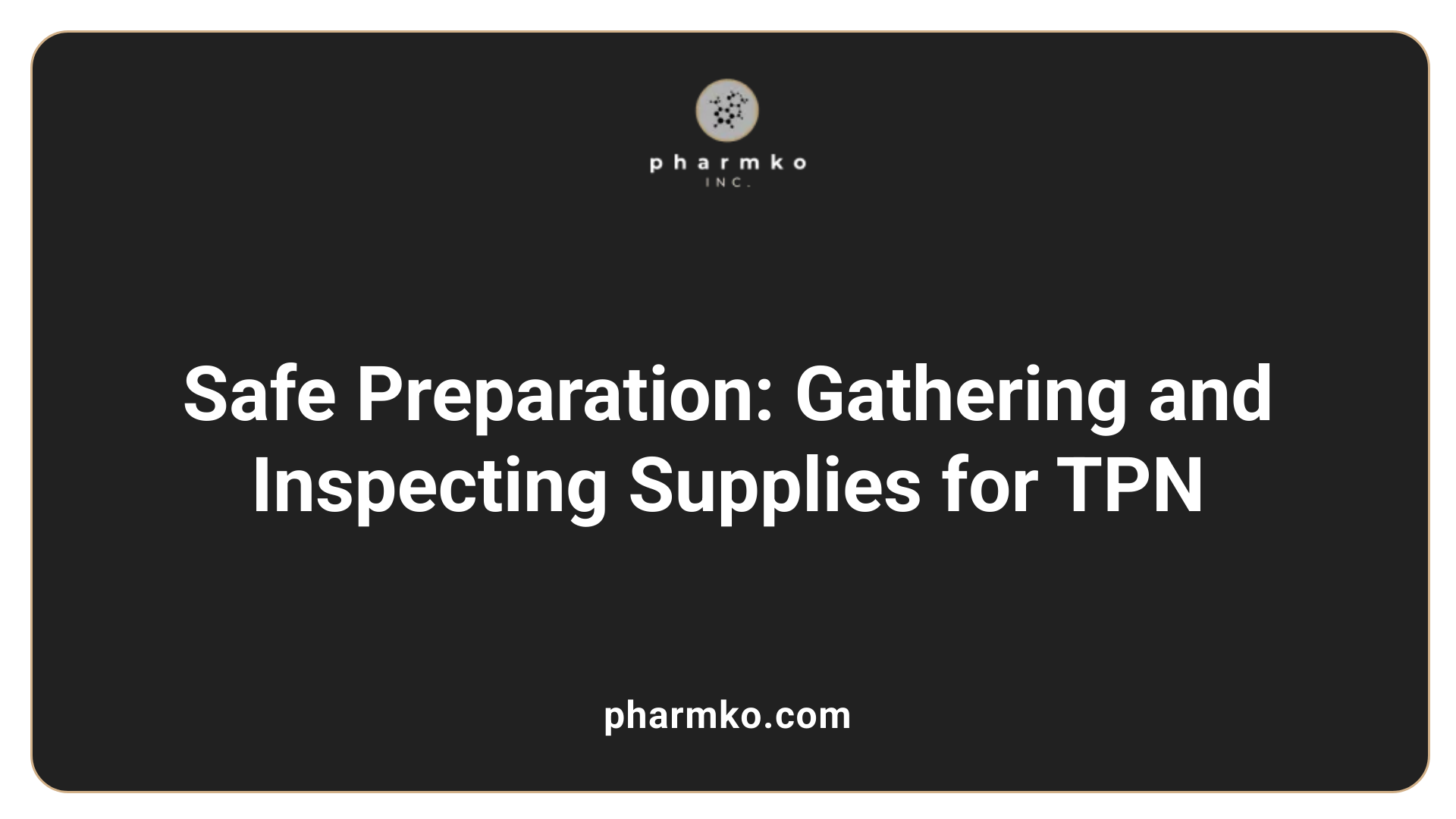
How do you prepare TPN at home?
Preparing total parenteral nutrition (TPN) at home involves a series of crucial steps to ensure that the procedure is both safe and effective.
Essential supplies needed for TPN preparation
Start by gathering the necessary supplies:
- TPN Bag: This contains the nutrient solution tailored to the patient’s needs.
- IV Administration Tubing: Used to connect the TPN solution to the central venous catheter.
- Syringes: Essential for measuring and injecting any prescribed medications or additives.
- Alcohol Pads: For sanitizing to prevent contamination during the administration process.
- Sharps Container: A critical item for the safe disposal of used needles and syringes.
Initial preparation steps and environment setup
Before beginning the procedure, it's vital to maintain proper hand hygiene. Wash your hands thoroughly with antibacterial soap for a minimum of 30 seconds. Additionally, the preparation area should be clean and dry, away from pets and children, to minimize the risk of infection.
Importance of supply inspection
Inspect the TPN bag diligently for proper labeling, the expiration date, and ensure the solution is clear without any signs of cloudiness or floating particles. If any abnormalities are noted, do not use the bag and obtain a new one. Proper inspection of supplies is critical to ensure the integrity of the nutrients being infused.
Following these outlined steps creates a foundation for safe TPN administration at home while allowing for effective nutritional support.
Ensuring Proper Environment and Hygiene
Hand hygiene techniques before TPN preparation
To ensure safety and prevent infection during the administration of Total Parenteral Nutrition (TPN), hand hygiene is paramount. Before handling any TPN supplies, wash your hands thoroughly with antibacterial soap for at least 20 seconds. If soap and water are unavailable, use an alcohol-based hand rub. This simple yet effective practice greatly reduces the risk of contaminants entering the TPN solution or affecting the patient's health.
Creating a clean and sterile work area
Creating a clean workspace for TPN preparation is equally important. Start by selecting a suitable location away from bathrooms and areas frequented by pets to minimize the risk of contamination. Clean the surfaces thoroughly with a disinfectant and allow them to dry prior to use, ensuring all equipment and supplies are within arm's reach to avoid unnecessary movements that could introduce bacteria.
Maintaining a clean and sterile environment, combined with proper hand hygiene, plays a crucial role in upholding safety protocols during TPN administration, promoting the health and well-being of patients receiving this vital treatment.
Storage Duration and Temperature Guidelines
How long can TPN be out of the fridge before use?
TPN formula can remain out of the refrigerator for up to 24 hours at room temperature. This timeframe includes time spent for warming when taken out of the fridge. For instance, if you remove the TPN from the refrigerator 2 to 3 hours before infusion, you'll have a total of about 24 hours for it to be used safely after reaching room temperature.
Warming TPN safely outside of refrigeration
To warm the TPN safely, remove it from the refrigerator and let it sit on a clean countertop for 2 to 4 hours before infusion. This gradual warming helps ensure comfort during administration. It's crucial to avoid methods like microwaving or exposure to direct sunlight as they can compromise the solution's integrity.
By following these guidelines, you can ensure the safe use of TPN, maintaining both efficacy and patient comfort.
Protocols for Adding Medications or Vitamins
What are the steps for adding medications to TPN?
Before incorporating any medications or vitamins into a TPN bag, it is essential to adhere to strict protocols to ensure safety and sterility.
Prepare the Workspace
Start with a clean and designated work area, avoiding spaces like bathrooms or pet areas to prevent contamination.Wash Your Hands
Utilize antibacterial soap and cleanse your hands thoroughly for at least 20 seconds. Hand hygiene is crucial to avoid infections during TPN preparation.Inspect the Medication
Carefully examine all medication bottles or additives for correctness, including patient details, dosage, and expiration dates. If any discrepancies are found, do not use the medication.Clean the Injection Port
Use a chlorhexidine or alcohol pad to wipe the injection port on the TPN bag to maintain sterility before injecting any additives.Inject the Additive
After ensuring sterility, use a syringe to inject the medication or vitamin into the TPN bag, following proper aseptic techniques.Final Checks
Once the additives have been injected, ensure there are no visible contaminants such as particles or cloudiness in the TPN bag.
Following these protocols is vital in preventing complications and ensuring patient safety during Total Parenteral Nutrition administration.
Avoiding Contamination and Preventing Complications
What signs of contamination in TPN should be watched for?
Before using TPN, it is essential to inspect the bag carefully for any signs of contamination. Look for the following:
- Leaks: Any visible fluid escaping from the bag indicates that it is compromised.
- Cloudiness: A clear solution should appear uniform; cloudiness can signal contamination.
- Foreign Particles: Floating particles, whether they are sediments or bubbles, suggest the solution is not safe for administration.
If any of these issues are present, do not use the TPN bag. Instead, seek a replacement, and consult your healthcare provider for further advice to avoid administering a potentially harmful solution.
Steps for dealing with faulty TPN bags
In case a TPN bag shows signs of contamination:
- Do not use the bag: Set it aside safely.
- Notify your healthcare provider: Explain the observed issues for guidance on the next steps.
- Obtain a replacement: Ensure new TPN solutions are properly stored and handled according to protocol.
- Document the incident: Keep a record of the contamination for future reference and preventive measures.
Administering TPN and IDPN: Key Techniques
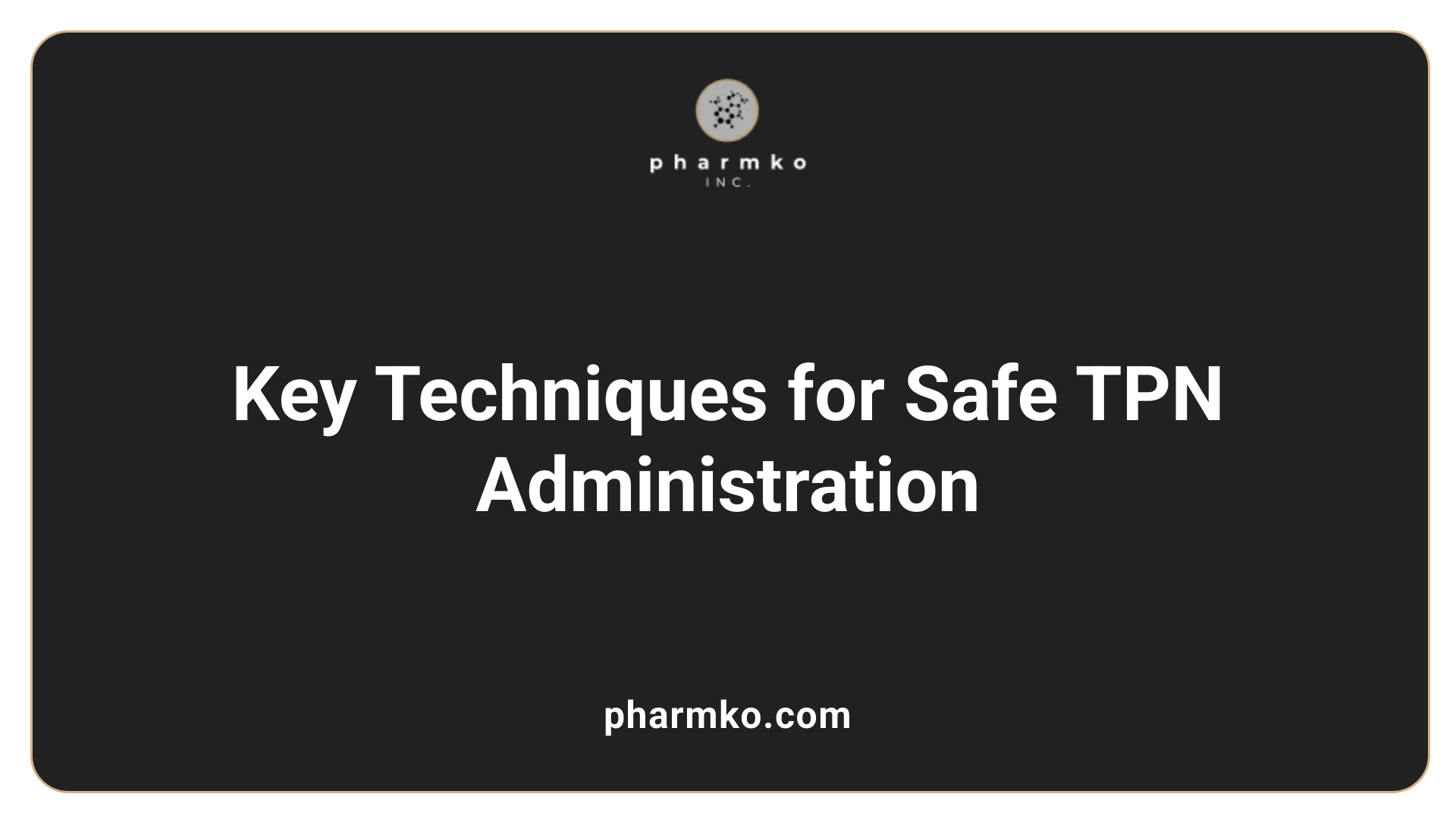
What are the techniques for safe infusion of TPN?
When preparing for TPN infusion, the initial step is to flush the central line with saline. This process clears the line and prevents any blockages, ensuring a smooth flow of the nutrient solution. Following this, priming the IV tubing is essential; this entails filling the tubing with TPN solution to eliminate any trapped air, mitigating the risk of air embolism, which can be a serious complication during infusion.
Next, the infusion pump should be used for accurate rate control. It is crucial to adhere to established healthcare protocols during this process to ensure safety and efficacy.
Once the infusion starts, close monitoring is necessary. Regular checks for complications such as hyperglycemia, infection, or fluid overload must be performed. This vigilant approach ensures that any adverse effects can be addressed immediately, maintaining patient safety throughout the TPN administration.
Monitoring During Infusion
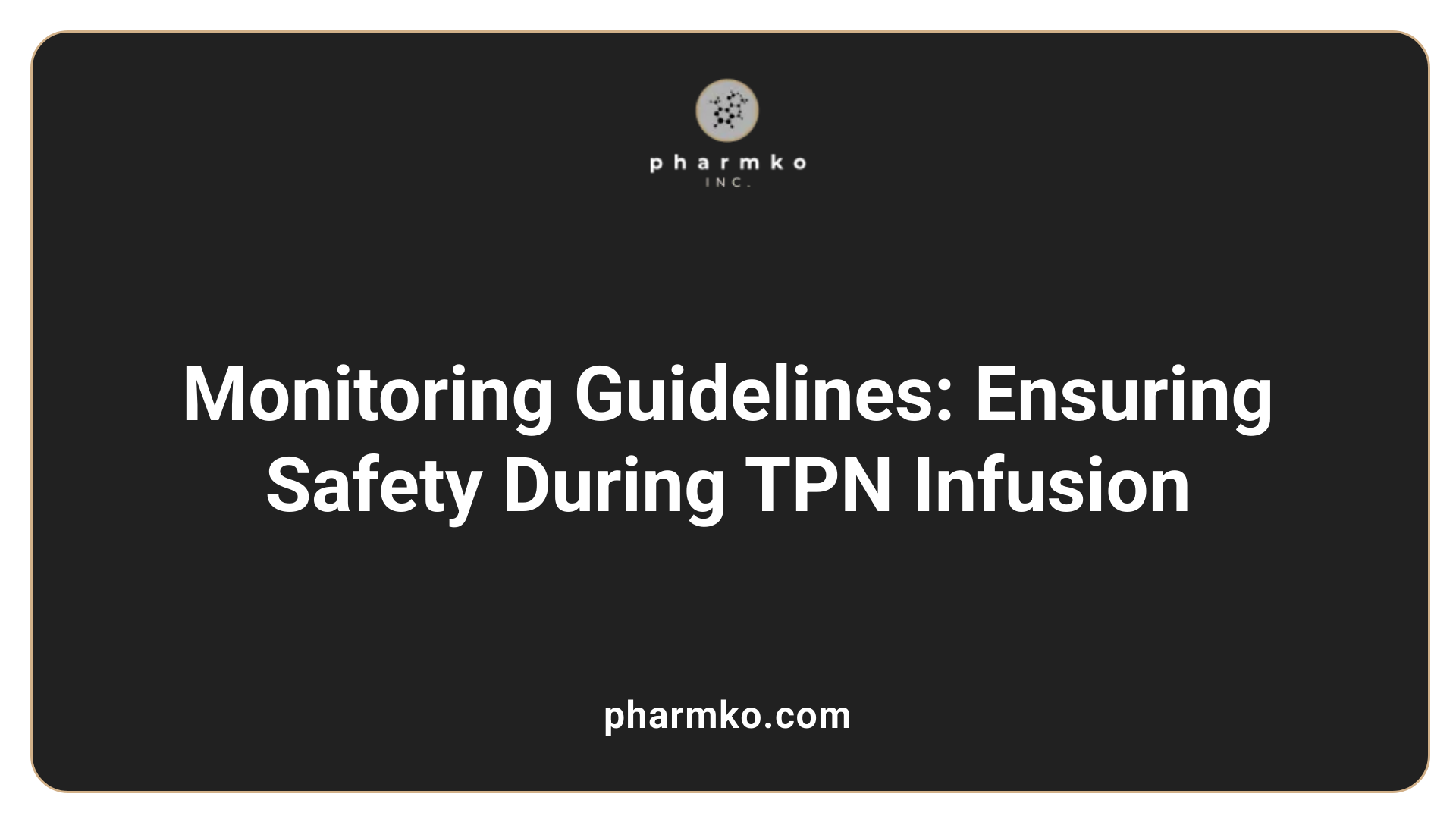
How should patients be monitored during TPN infusion?
Patients on Total Parenteral Nutrition (TPN) require close monitoring to ensure safety and efficacy during the infusion process. Key parameters to observe include:
- Signs of Infection: Watch for redness, swelling, or discharge at the catheter site, which could indicate infection.
- Metabolic Imbalances: Monitor for symptoms of hyperglycemia (high blood sugar) and hypoglycemia (low blood sugar) to address any fluctuations in glucose levels promptly.
- Fluid Overload: Assess for signs such as weight gain, swelling, or difficulty breathing that may arise from excess fluid administration.
- Regular Blood Tests: Conduct tests to measure serum electrolytes, glucose, and protein levels, which informs necessary adjustments to the TPN solution based on the patient’s ongoing needs.
Risks associated with improper monitoring
Failing to monitor these parameters can lead to serious complications. Missed signs of infection may escalate into systemic issues. Furthermore, neglecting metabolic balance can result in severe conditions, potentially complicating the patient's recovery process. Hence, adherence to monitoring protocols is crucial.
| Monitoring Focus | Key Aspects | Implications of Neglect |
|---|---|---|
| Signs of Infection | Redness, swelling, discharge | Increased risk of sepsis |
| Metabolic Imbalances | Glucose levels, electrolytes | Hyper/hypoglycemia |
| Fluid Overload | Weight gain, swelling, breathing difficulties | Congestive heart failure |
| Regular Blood Tests | Serum electrolytes, protein levels | Nutritional deficiencies |
Handling and Disposal of Materials Post-Infusion
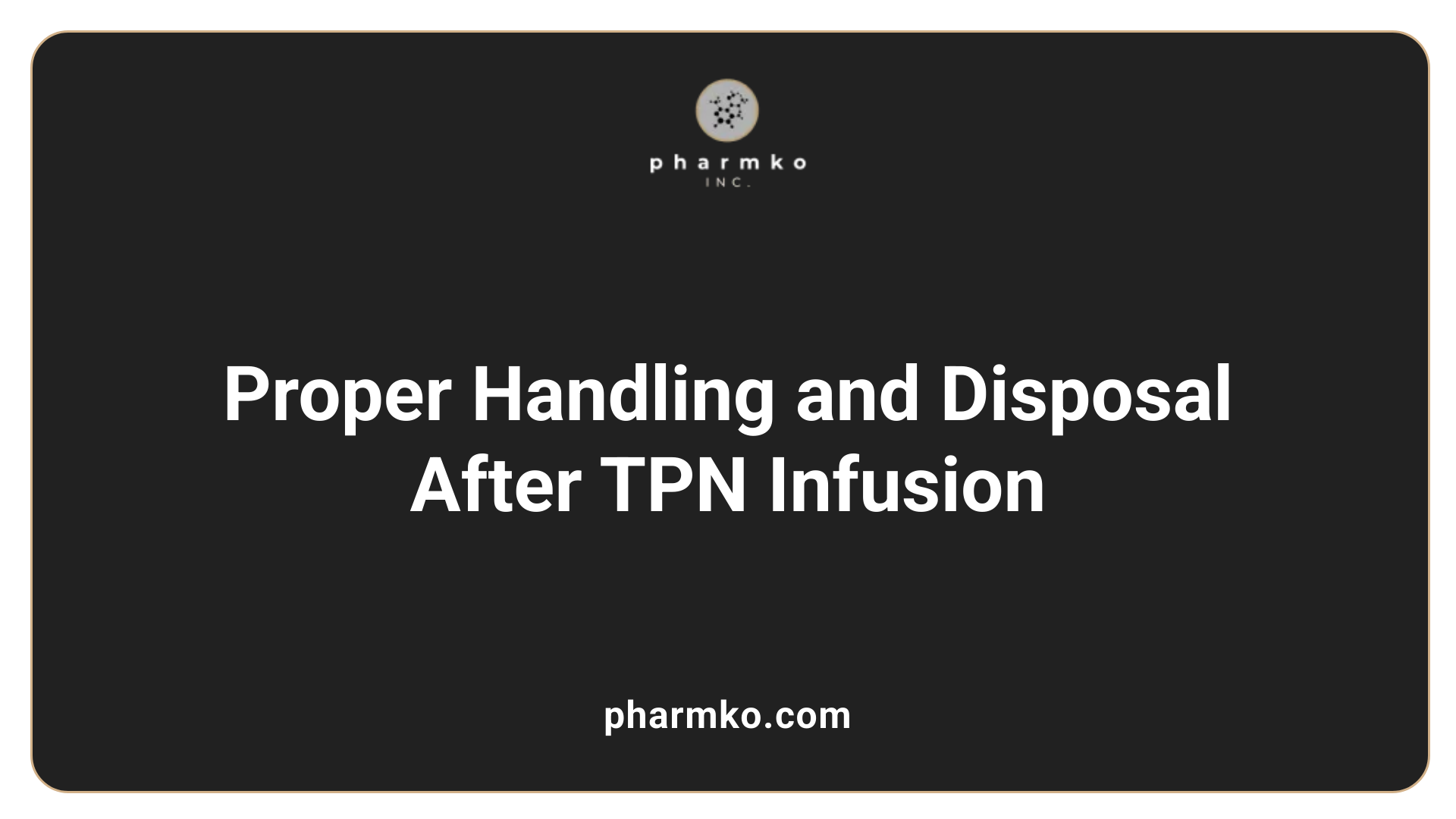
What are the cleanup steps after TPN infusion?
After completing a TPN infusion, it is crucial to follow specific cleanup protocols to maintain hygiene and prevent infection. First, thoroughly wash your hands again with antibacterial soap for at least 20 seconds. This step is essential to eliminate any pathogens that may have come into contact with your hands during the infusion process.
Next, you need to focus on the disposal of used materials. All syringes and needles must be placed in a designated sharps container specifically designed for this purpose. This helps to avoid accidental punctures or injuries.
The used disposable tubing should be placed in designated trash bags, ensuring it is securely sealed before disposal. Additionally, to reduce the risk of infection, the work surfaces used during the preparation and administration should be cleaned again. Use a disinfectant wipe or solution to sanitize the area, maintaining a safe environment for future TPN preparations.
By adhering to these steps, you can significantly improve safety during the management of Total Parenteral Nutrition.
Safety Protocols for Preventing Infections
Why is infection prevention essential during TPN administration?
Proper aseptic techniques are vital to preventing infections, which can be a severe complication during TPN administration. Educate yourself on the technique and ensure everyone involved in TPN administration is adequately trained. Stringent adherence to protocols like thorough handwashing, workspace cleanliness, and inspecting supplies is crucial to maintaining patient safety.
Aseptic techniques during TPN management
Infection prevention starts with proper hand hygiene. Wash hands with antibacterial soap for at least 30 seconds before preparing TPN supplies. Additionally, a clean work area is essential; tables and surfaces should be sanitized to avoid contamination. Make sure to avoid areas where pets and children may be present.
Before adding any medications to the TPN bag, clean the injection ports with an alcohol pad to ensure sterility. Inspect TPN bags for any signs of leakage, cloudiness, or floating particles, which may indicate contamination. If any issues are observed, discard the bag and obtain a new one.
Guidelines for preventing infections in home care
Patients administering TPN at home must follow strict guidelines to minimize infection risks. All supplies should be gathered ahead of time, including syringes, IV tubing, and alcohol pads. Ensure that TPN bags are stored in the refrigerator and allowed to reach room temperature prior to use—ideally, 2 to 4 hours before administration.
Lastly, always dispose of used syringes and sharps in approved containers to avoid potential hazards and ensure a safe environment for both the patient and caregivers.
Customizing TPN and IDPN Solutions to Meet Specific Patient Needs
How do healthcare providers customize TPN solutions?
Healthcare providers play a crucial role in tailoring Total Parenteral Nutrition (TPN) solutions to meet the unique nutritional needs of individuals who are unable to digest food normally. The formulation process begins with a thorough assessment of the patient's health status, nutritional requirements, and metabolic needs.
Components tailored for individual nutritional requirements
The components of a TPN solution typically include:
- Dextrose: Provides carbohydrates as an energy source.
- Amino Acids: Supplies essential proteins for tissue repair and growth.
- Lipids: Delivers fats necessary for numerous bodily functions, typically making up 25% to 30% of total caloric intake.
- Electrolytes: Helps maintain bodily functions including hydration and nerve signals.
- Vitamins and Minerals: Ensures all micronutrient needs are met for optimal health.
Role of clinicians in formulating TPN solutions
Physicians and dietitians collaboratively develop the TPN composition based on the patient's ongoing assessments. They make adjustments to the nutrient composition as the patient's condition evolves, ensuring personalized care. Regular monitoring of the patient's blood work, including electrolytes and protein levels, allows for timely modifications and improvements in therapy effectiveness. This level of customization is essential for promoting recovery and preventing complications such as refeeding syndrome or metabolic imbalances.
Enhancing Home Care Through Proper TPN Management
Successfully managing TPN and IDPN at home requires careful attention to detail and strict adherence to protocols. By following the guidelines outlined for storage, preparation, monitoring, and administering these nutritional solutions, patients and caregivers can significantly reduce the risk of complications and enhance the overall effectiveness of this essential therapy. Continuous education and collaboration with healthcare providers are key to mastering safe TPN and IDPN practices at home.
References
- A Complete Step-by-Step Guide to Administering TPN at Home
- [PDF] Total Parenteral Nutrition: Home Care Guide - Northwestern Medicine
- Home Total Parenteral Nutrition (TPN)
- Total Parenteral Nutrition - StatPearls - NCBI Bookshelf
- [PDF] Your guide Home total parenteral nutrition therapy - Coram
- [PDF] Total Parenteral Nutrition: Home Care Guide - Northwestern Medicine
- Intradialytic parenteral nutrition for patients on hemodialysis




